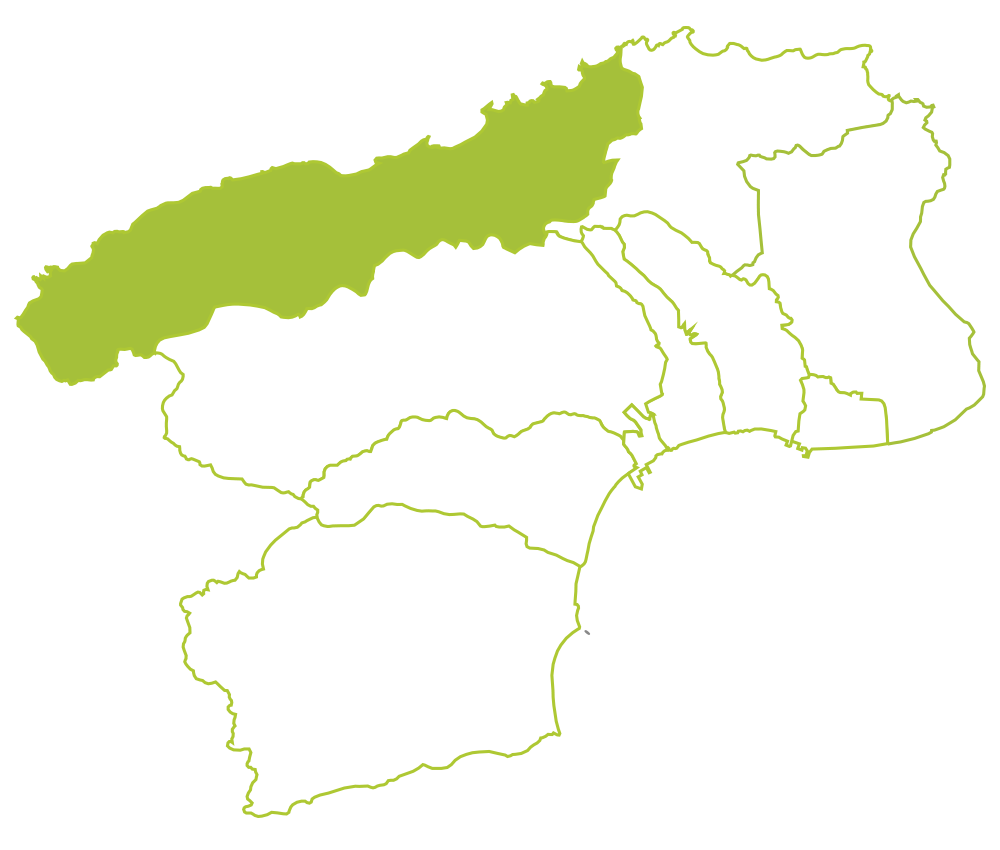
Former Shimizu Nursery
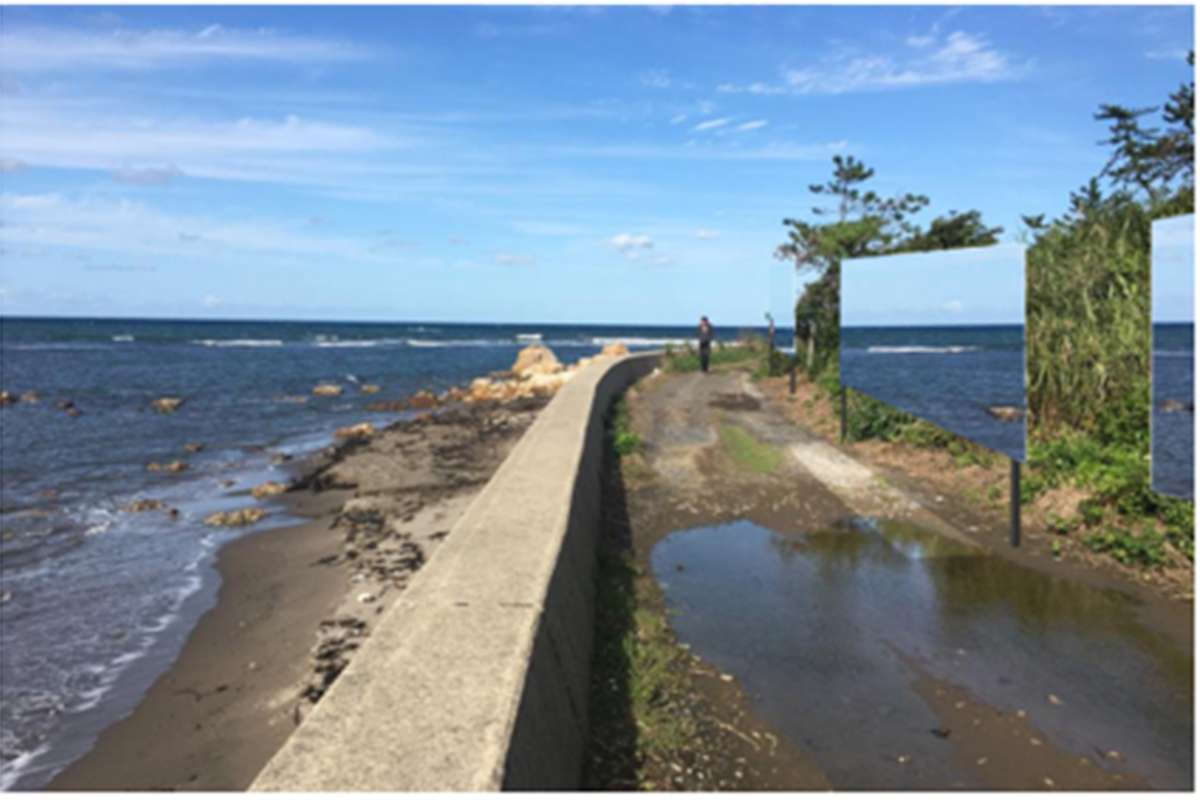
Wanzaki beach
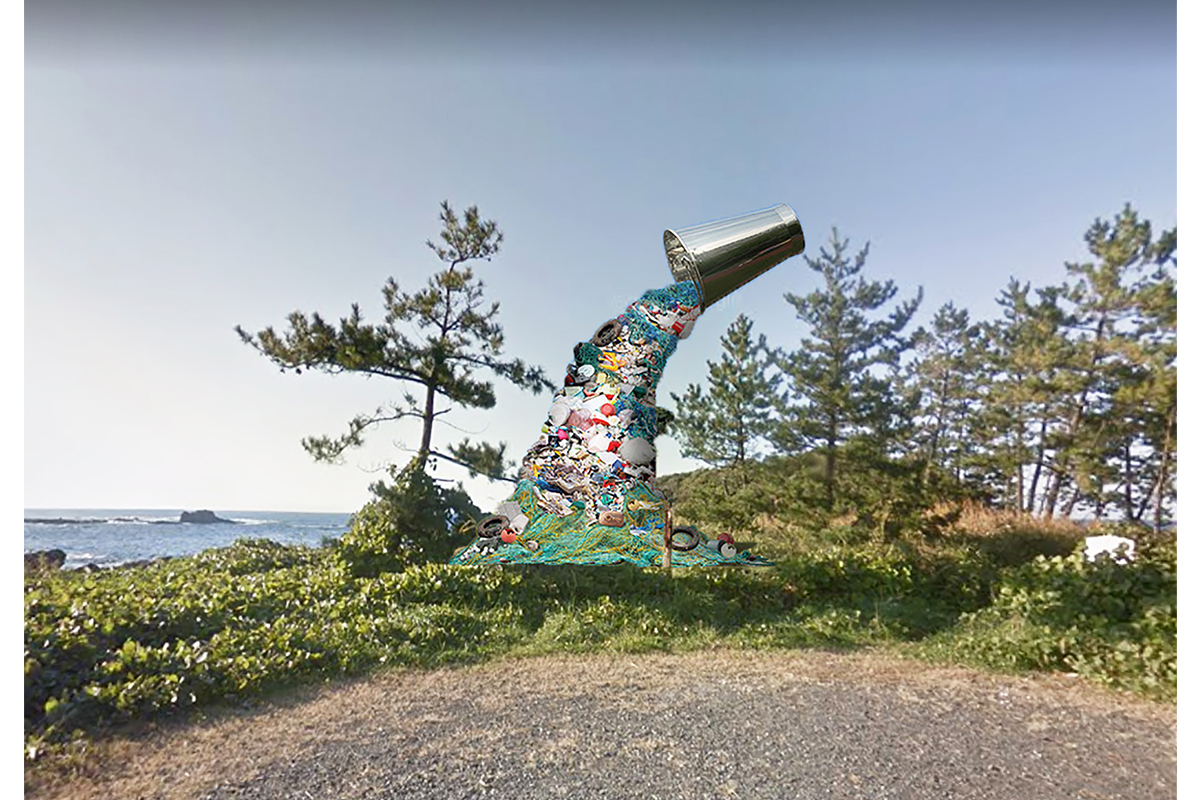
Sasanami beach

Items tucked away in every Suzu household are filled with old memories. People collected these items that had nowhere else to go. They were reborn as works of art after classifying them into folklore, anthropology, and history genres.
These items will play a leading role in the Suzu Museum Theater, finally opening its doors this fall.

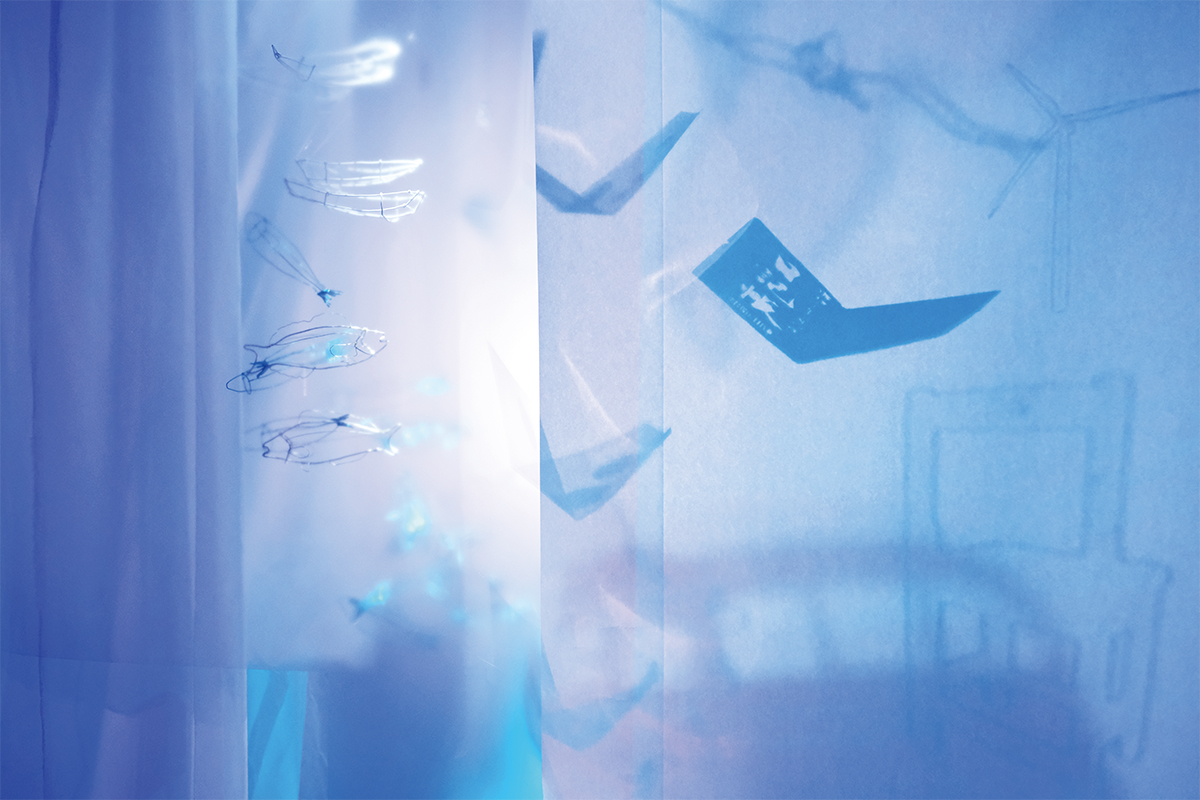


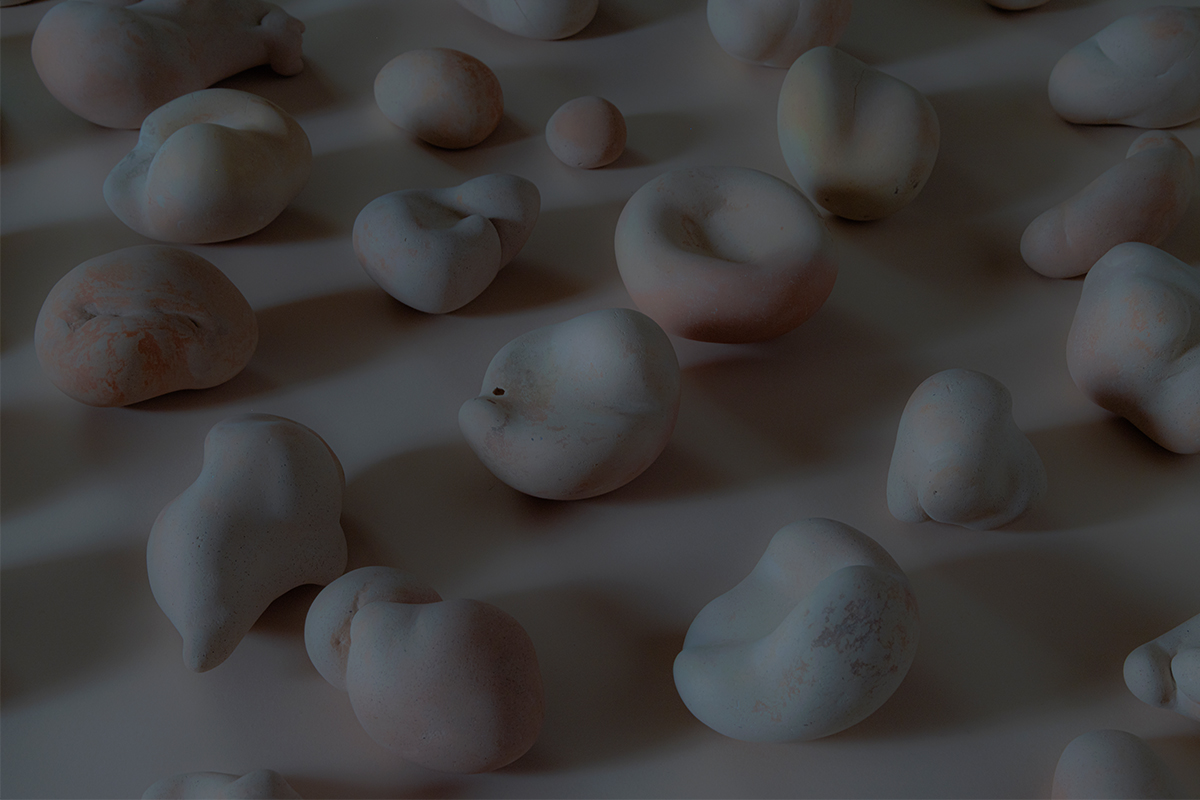
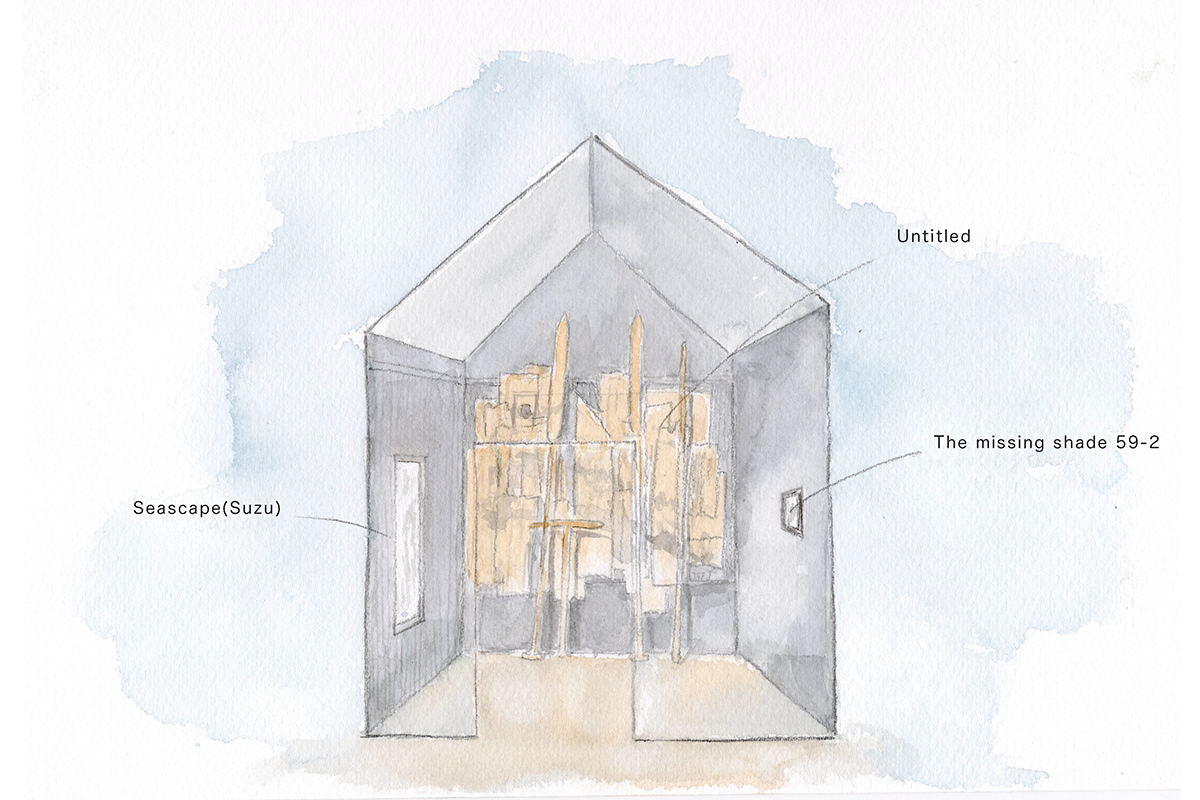
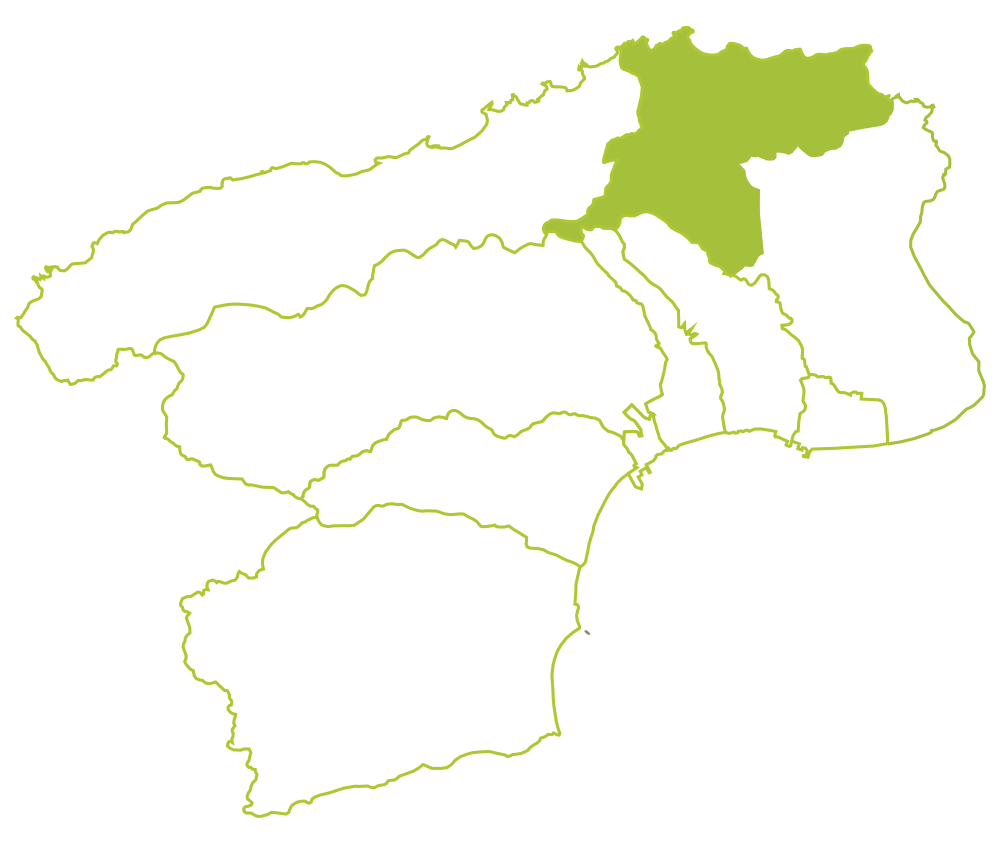
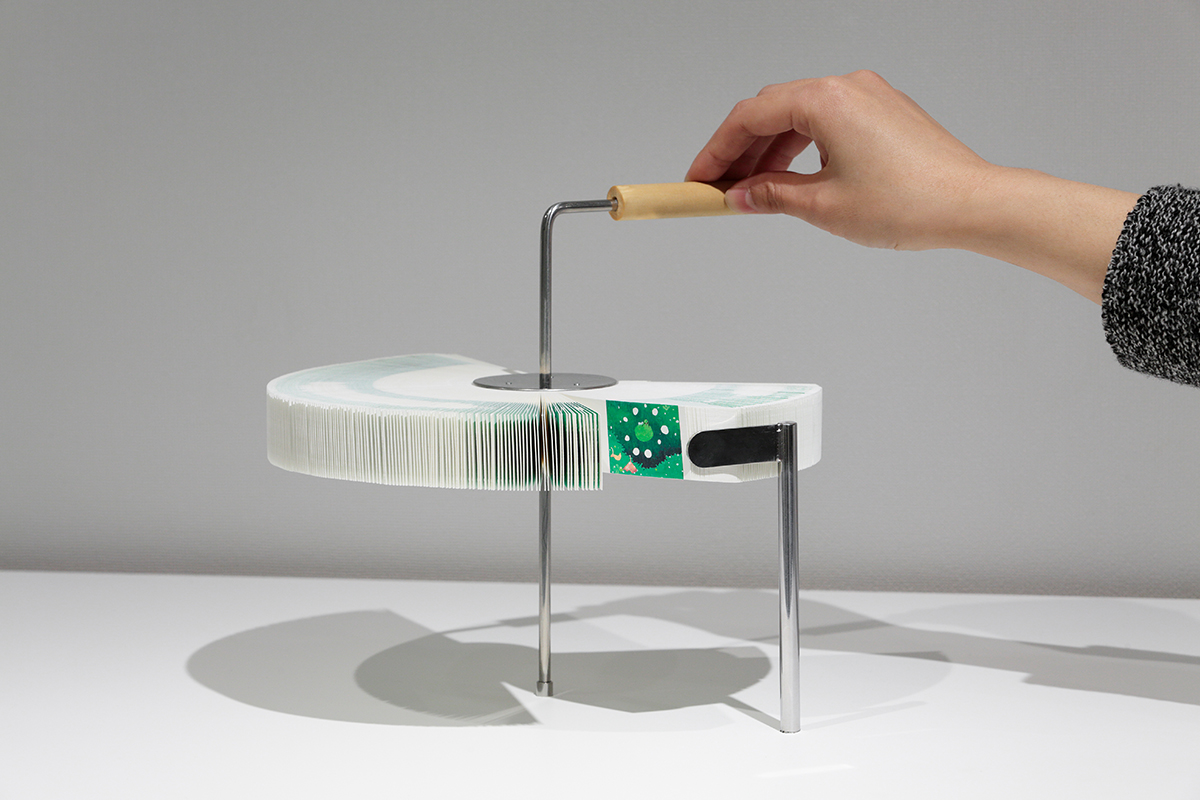
Kinoura village
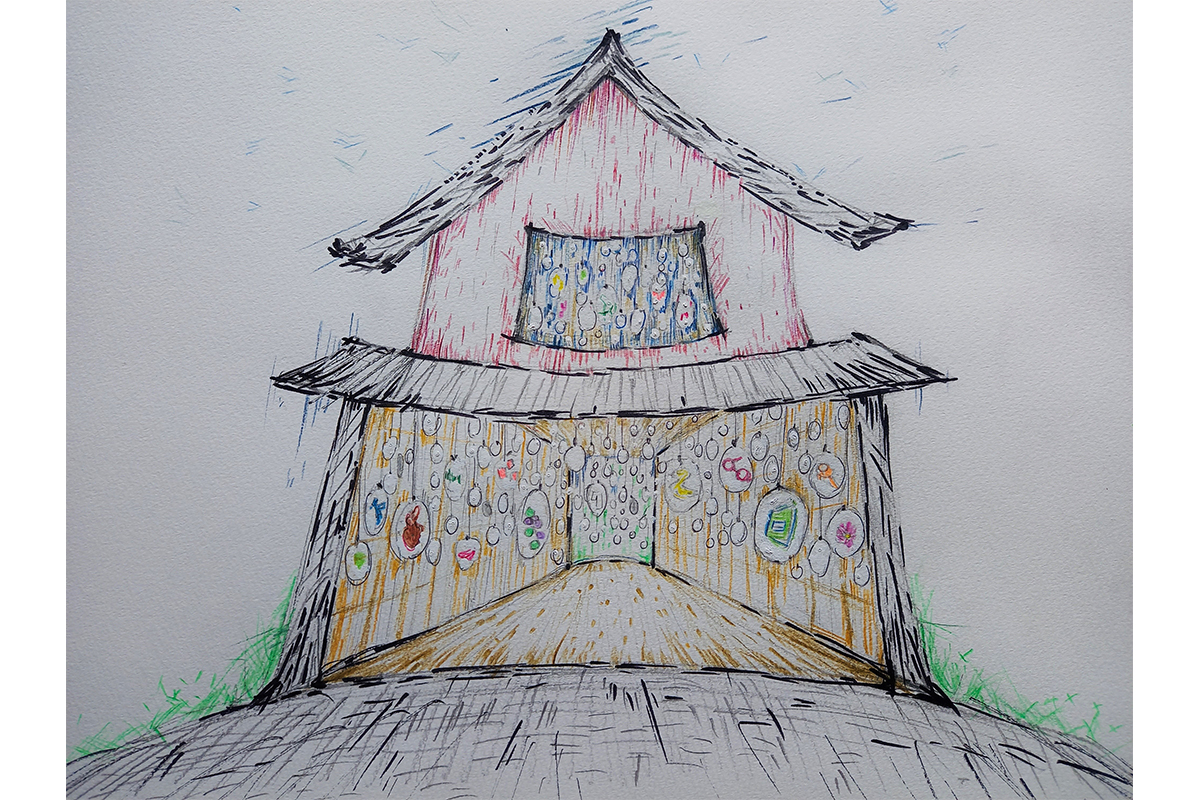
Boat shed in Noroshi

Kinoura beach

Ground at Hiki Primary and Junior High School

Former Hiki community center
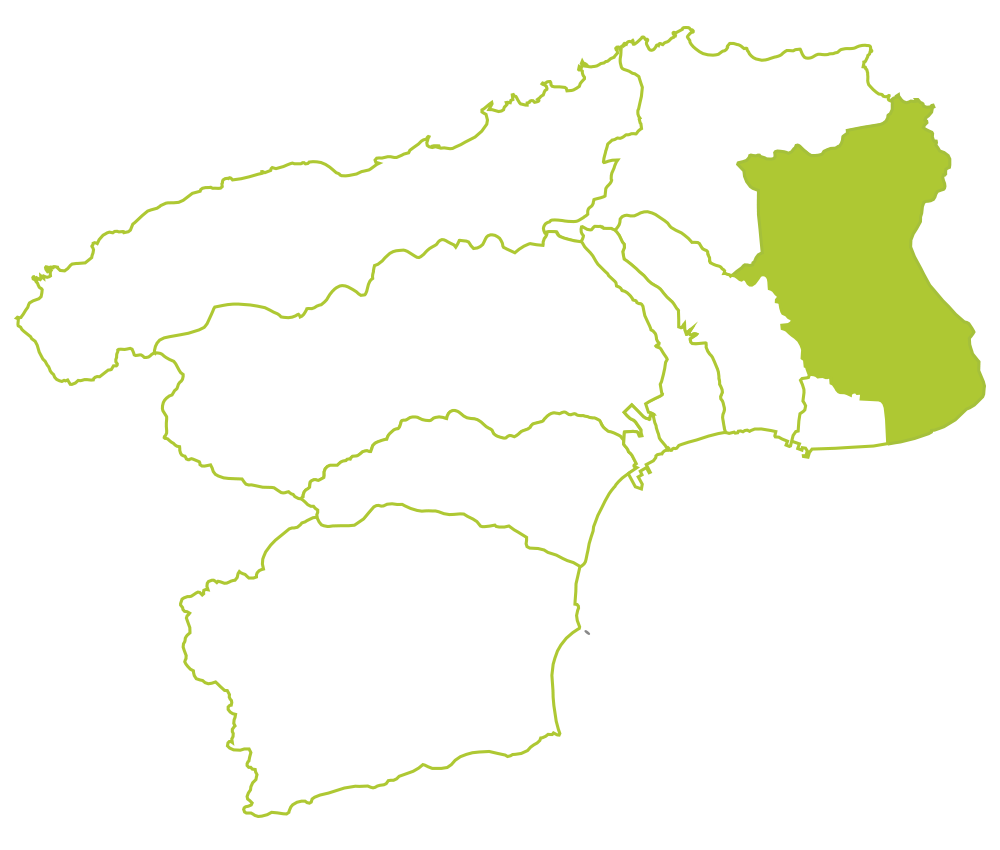
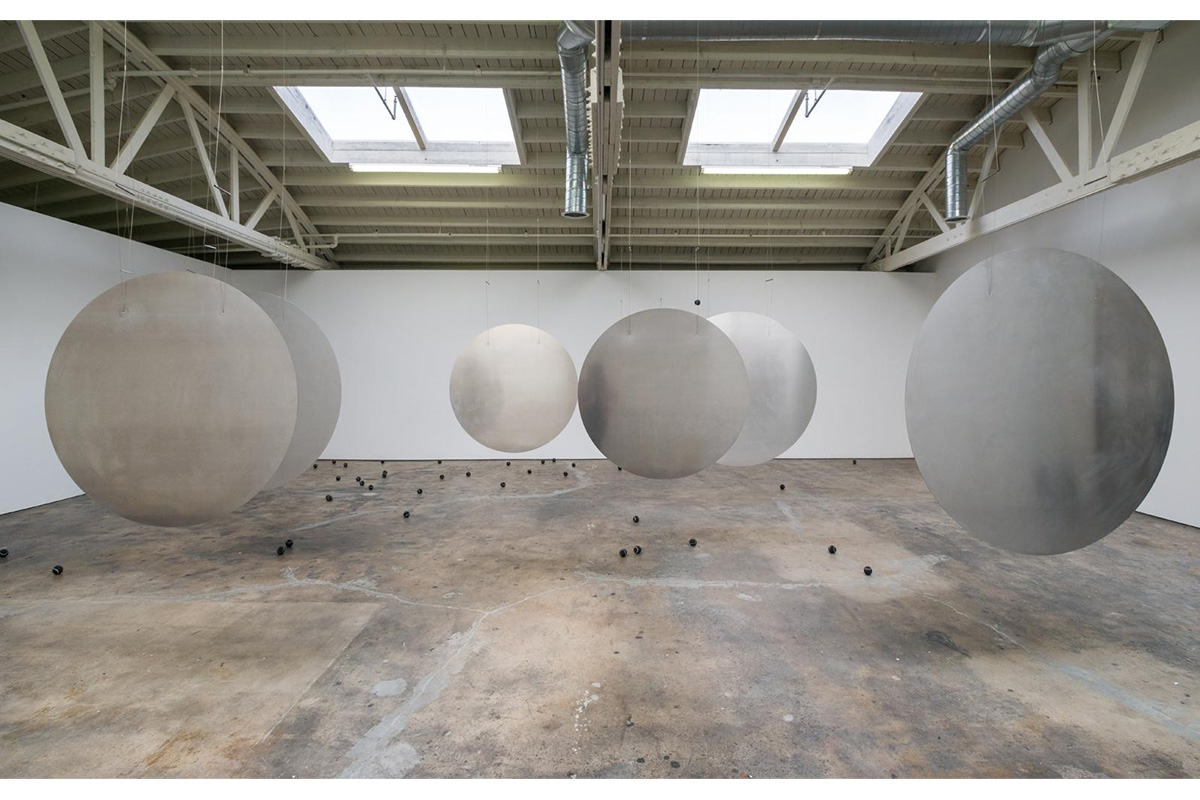
Former Awazu nursery
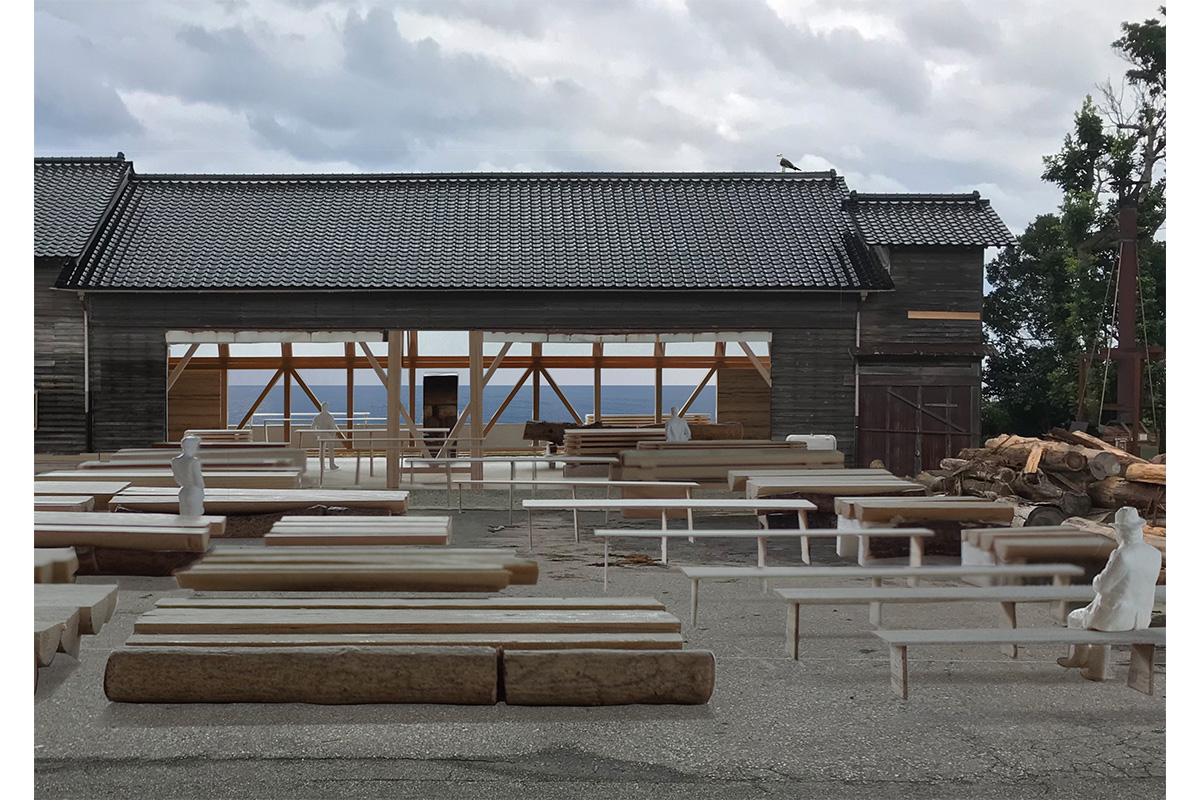
Shinde sawmill

Former Kodomari Nursery
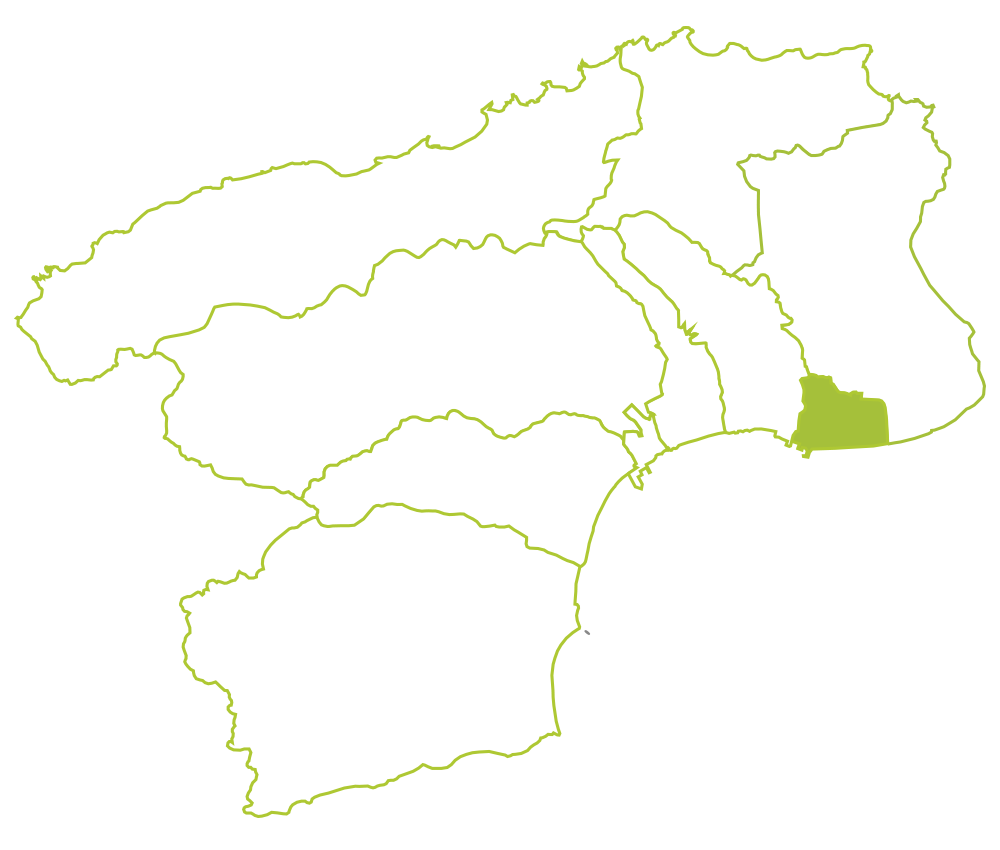
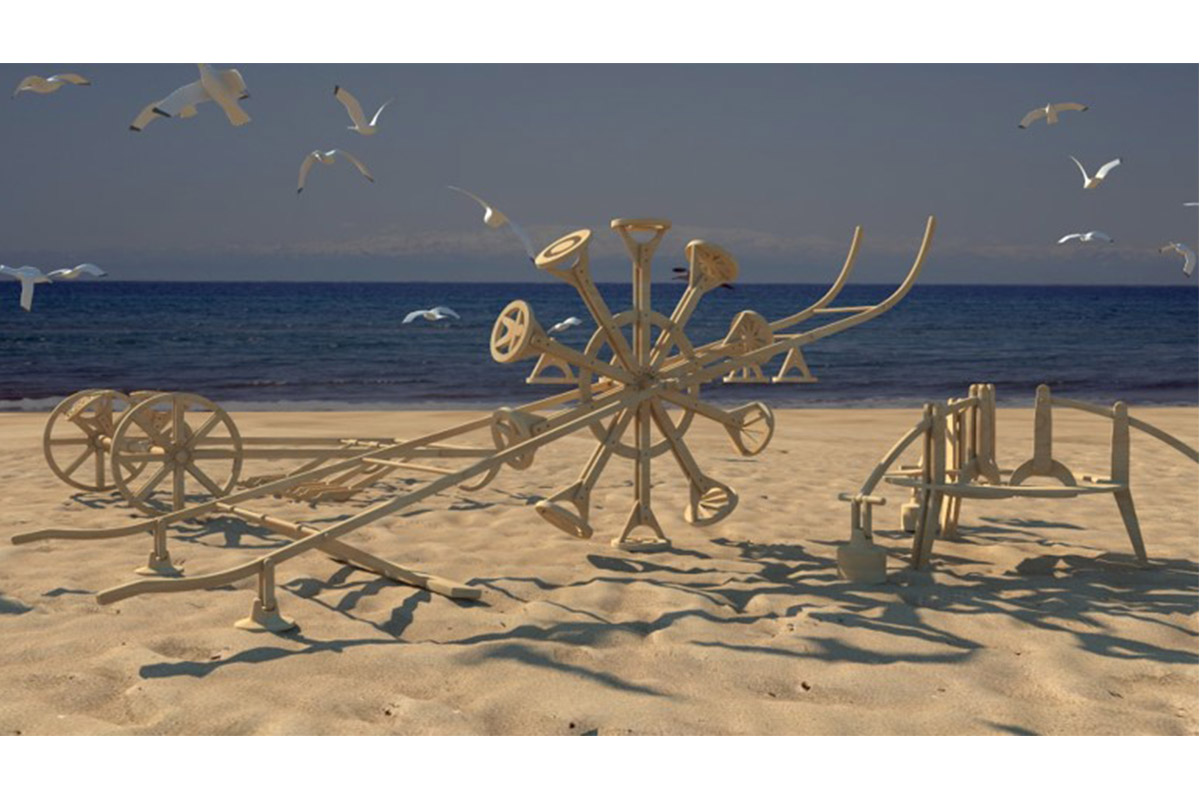
Hachigasaki beach
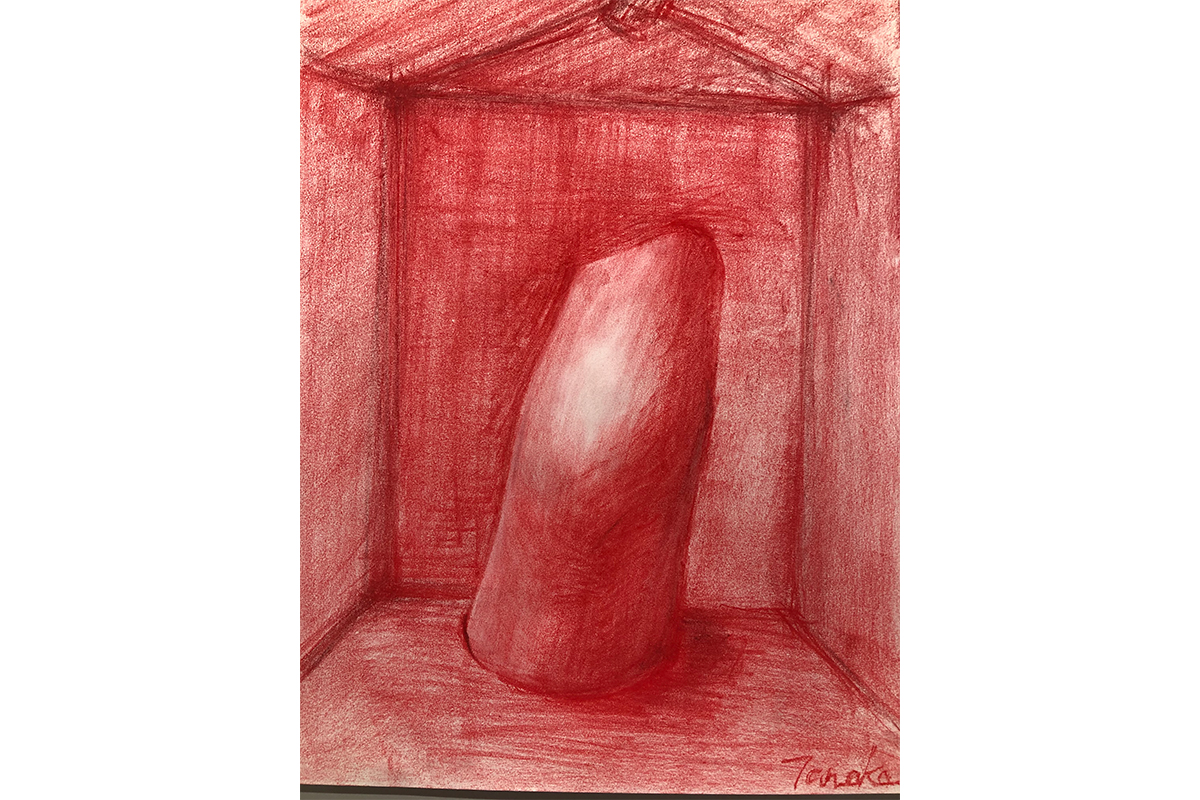
Former Shimazaki house
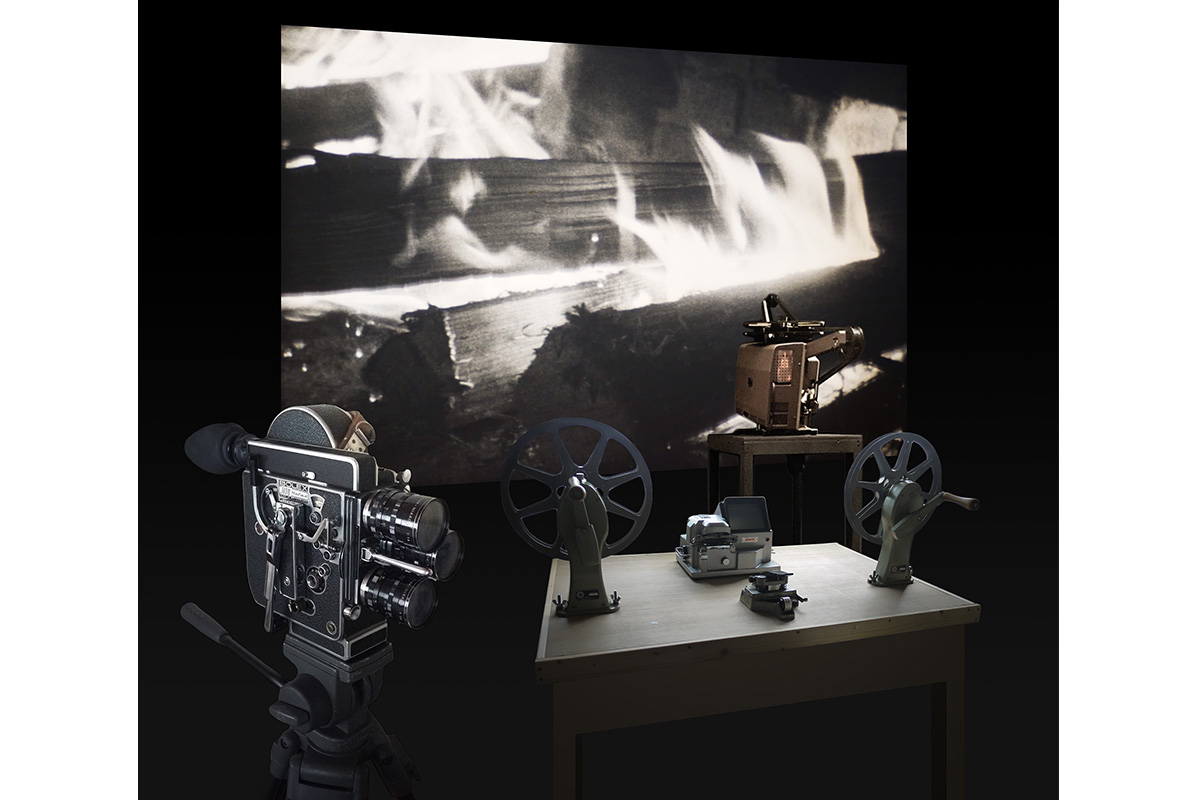
Suzu Ware Museum
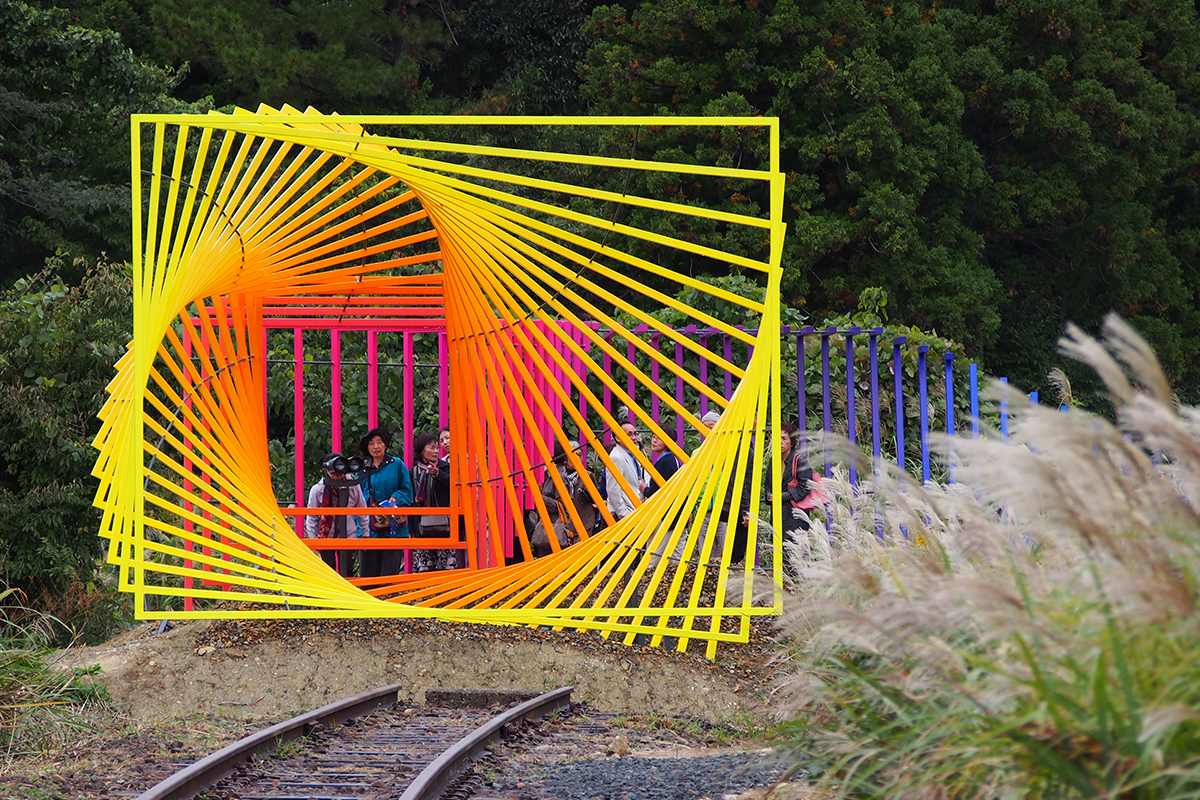
Around former Takojima station
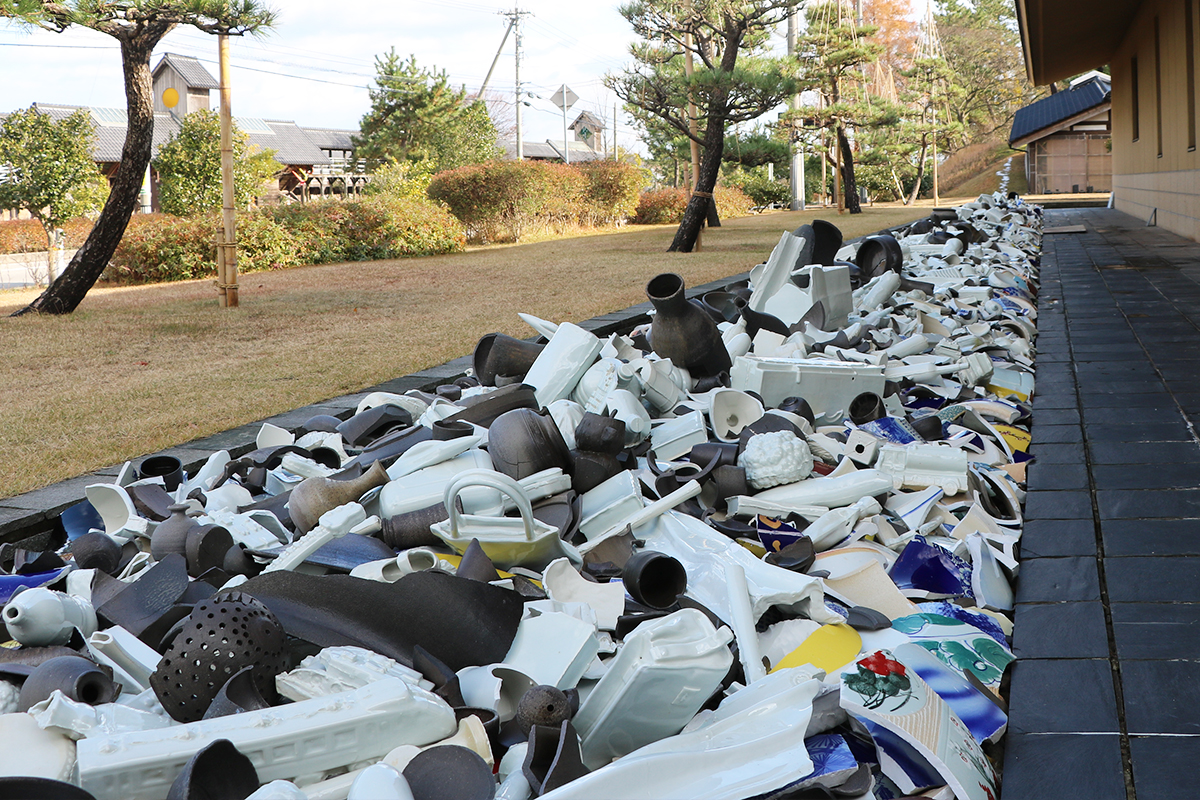
Suzu Ware Museum
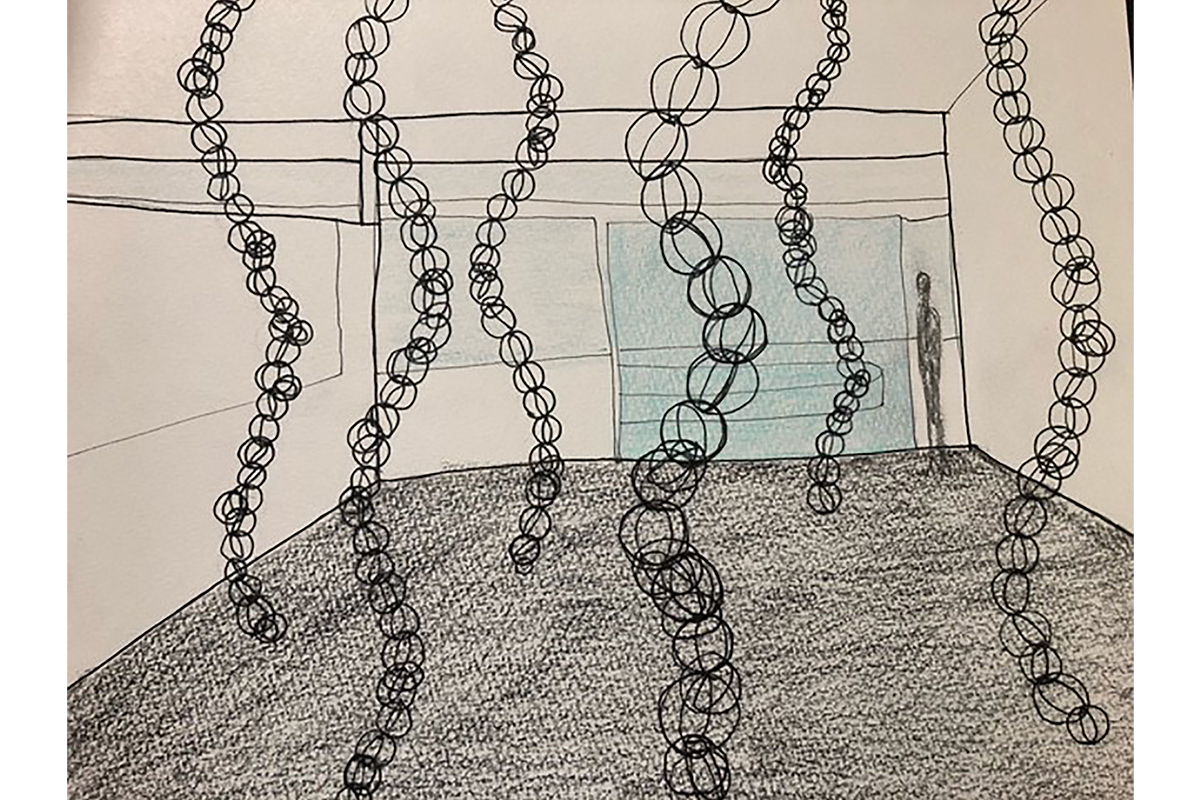
Former Takasago public bath

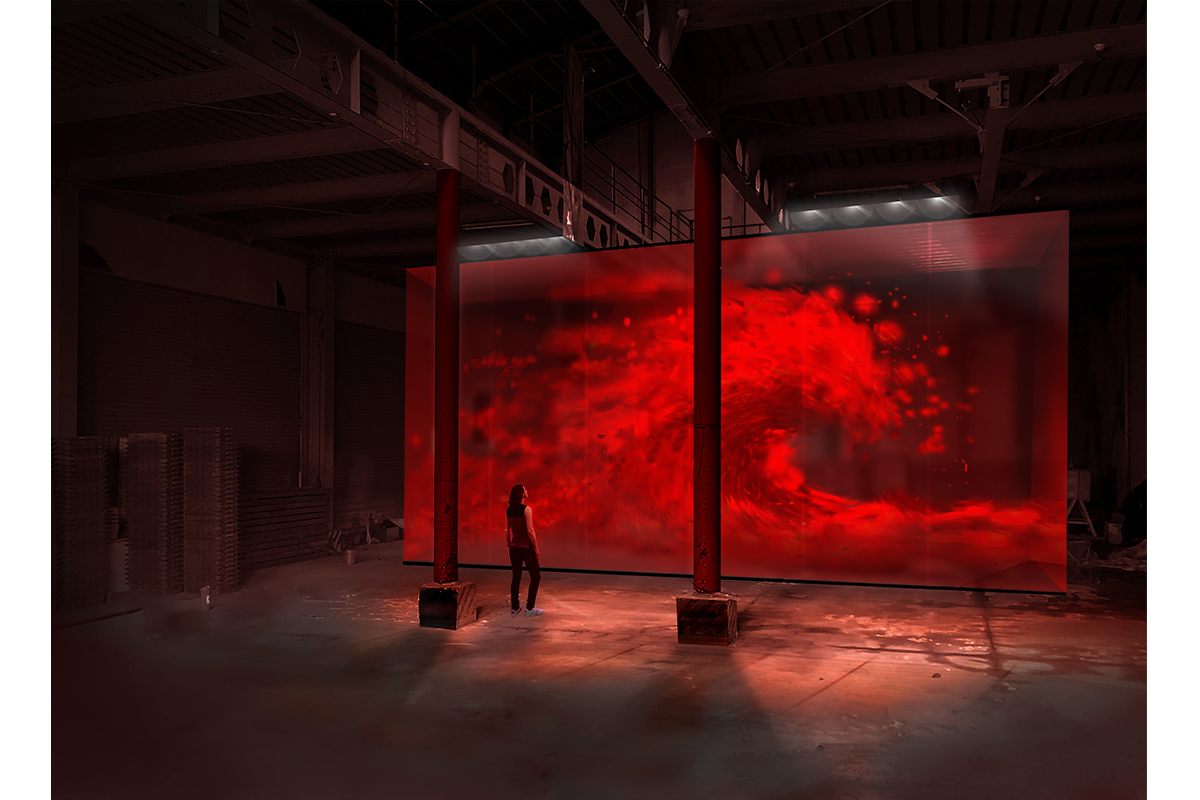
Former fishing gear warehouse
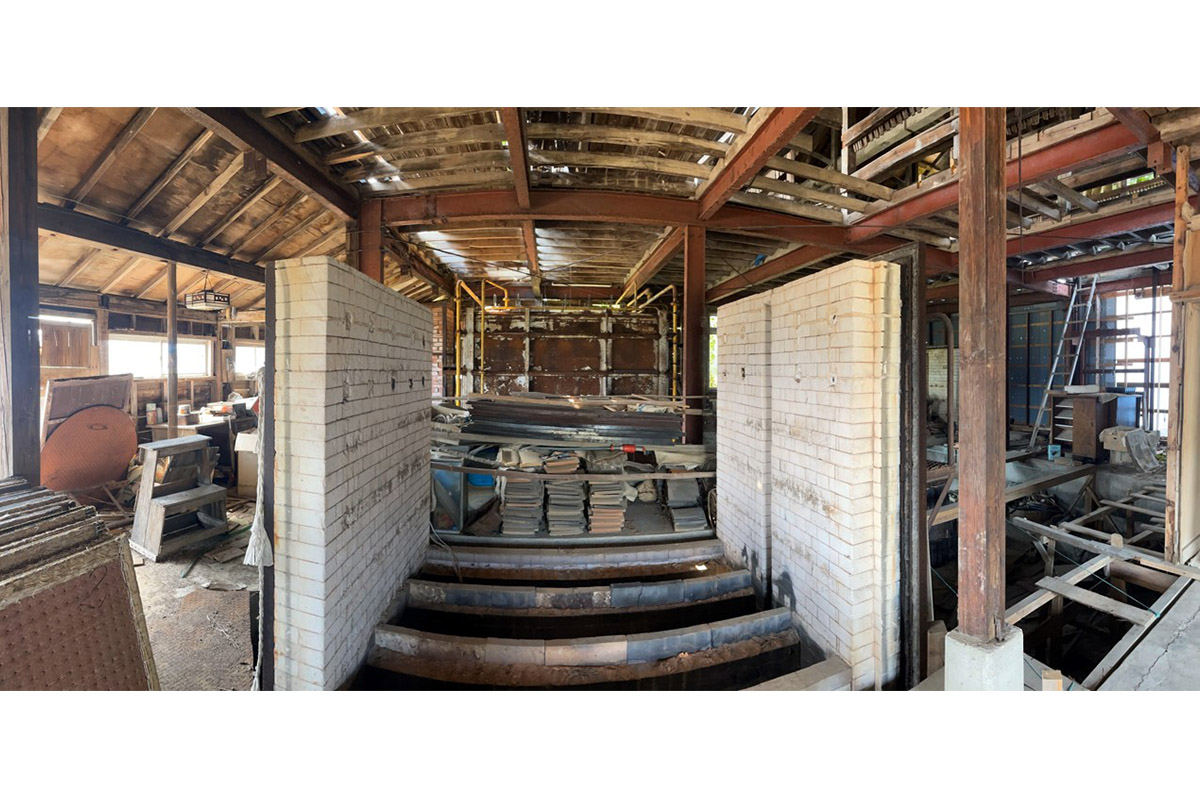
Former clay roof tiles factory
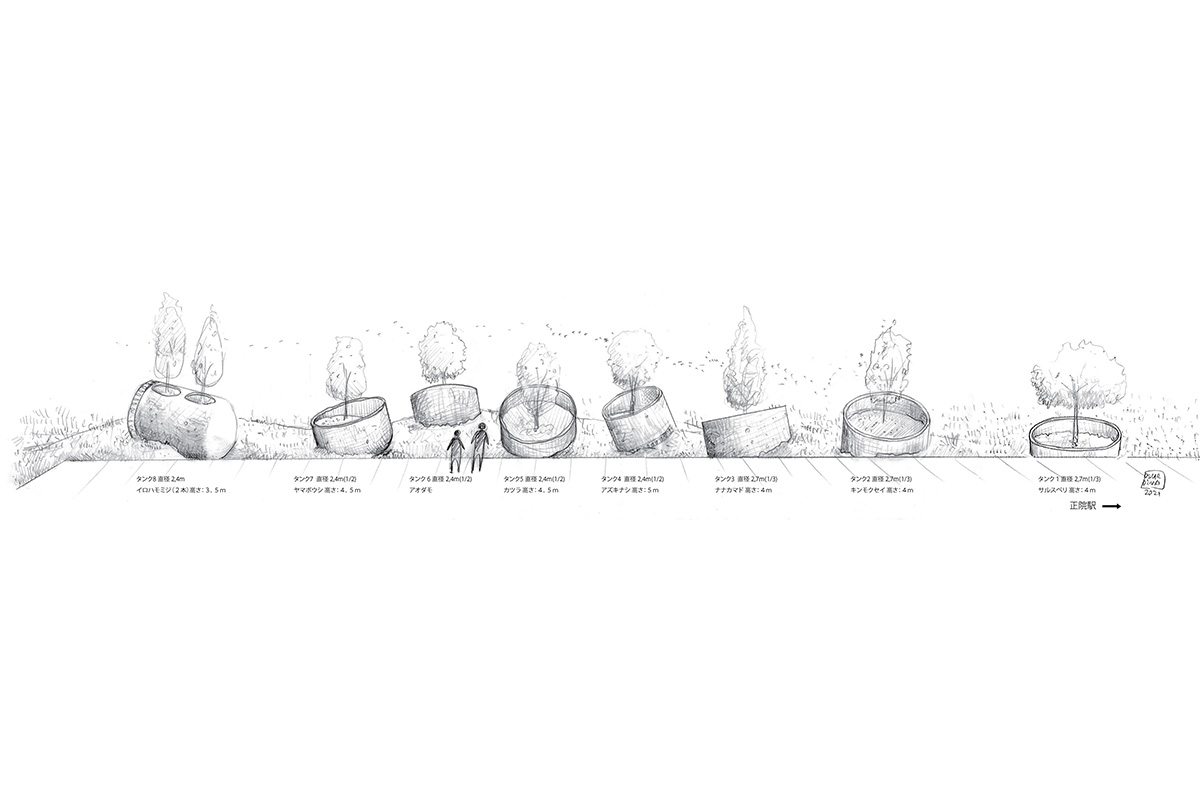
Former Shoin station

SUZUZUKA(Former Iizuka nursery)
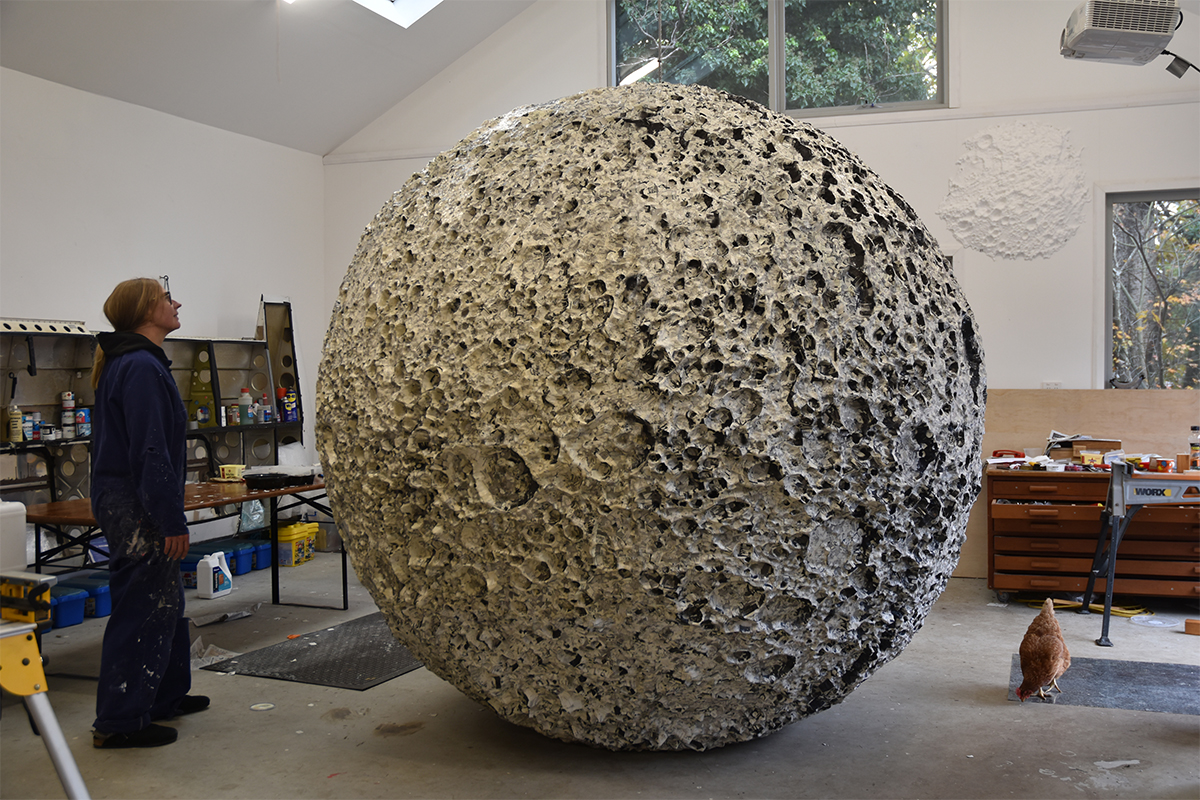
Former cafe An An
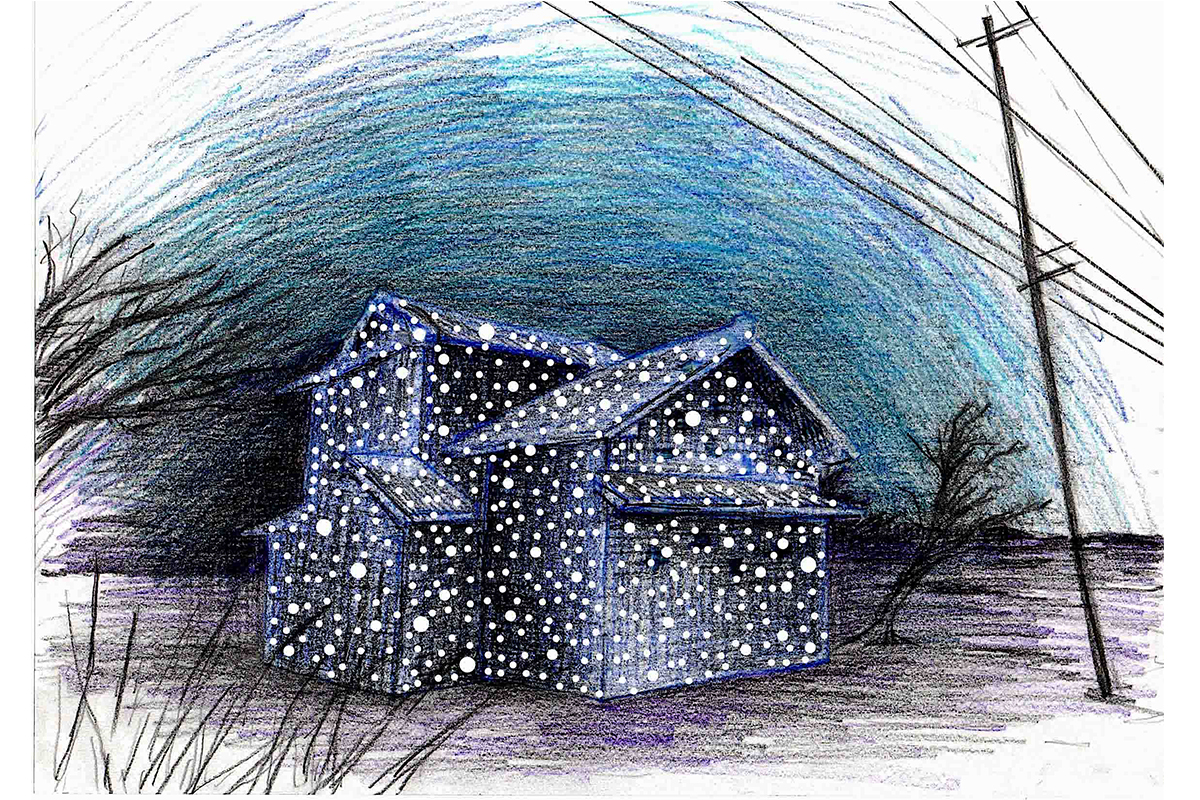
Former the office in Iizuka
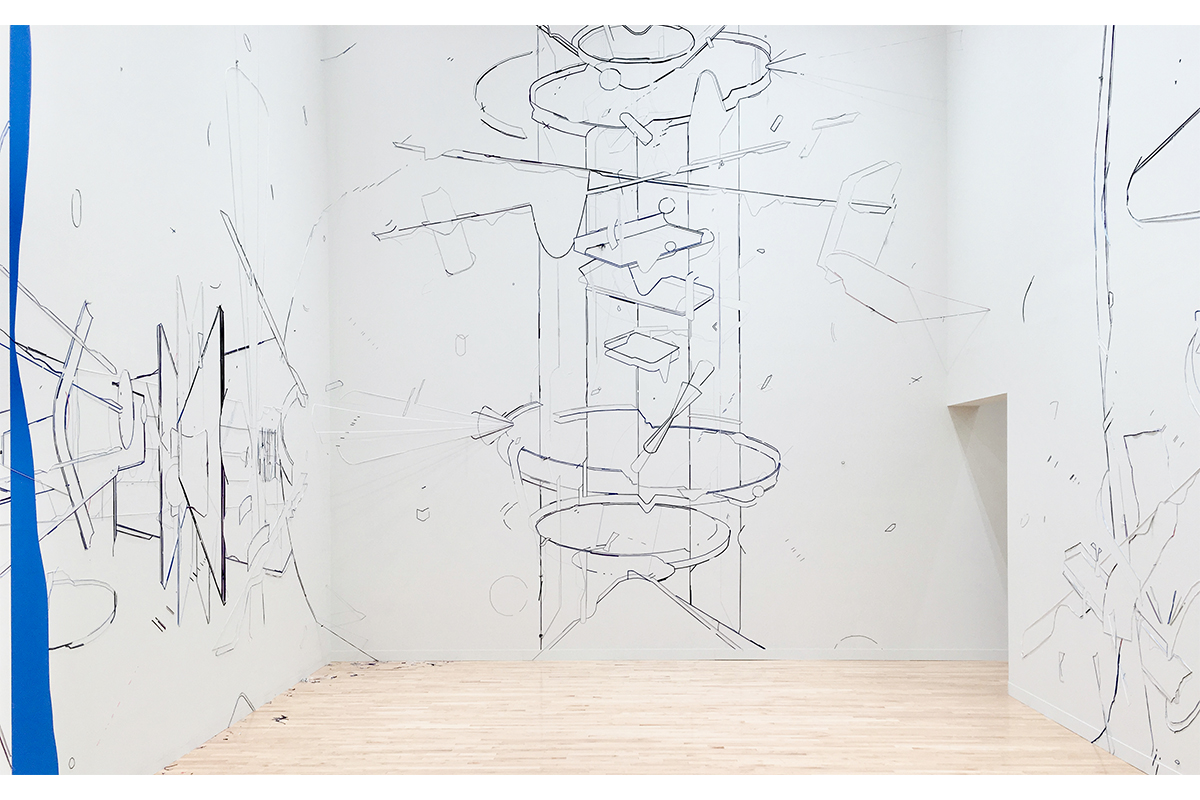
Former carpenter workshop
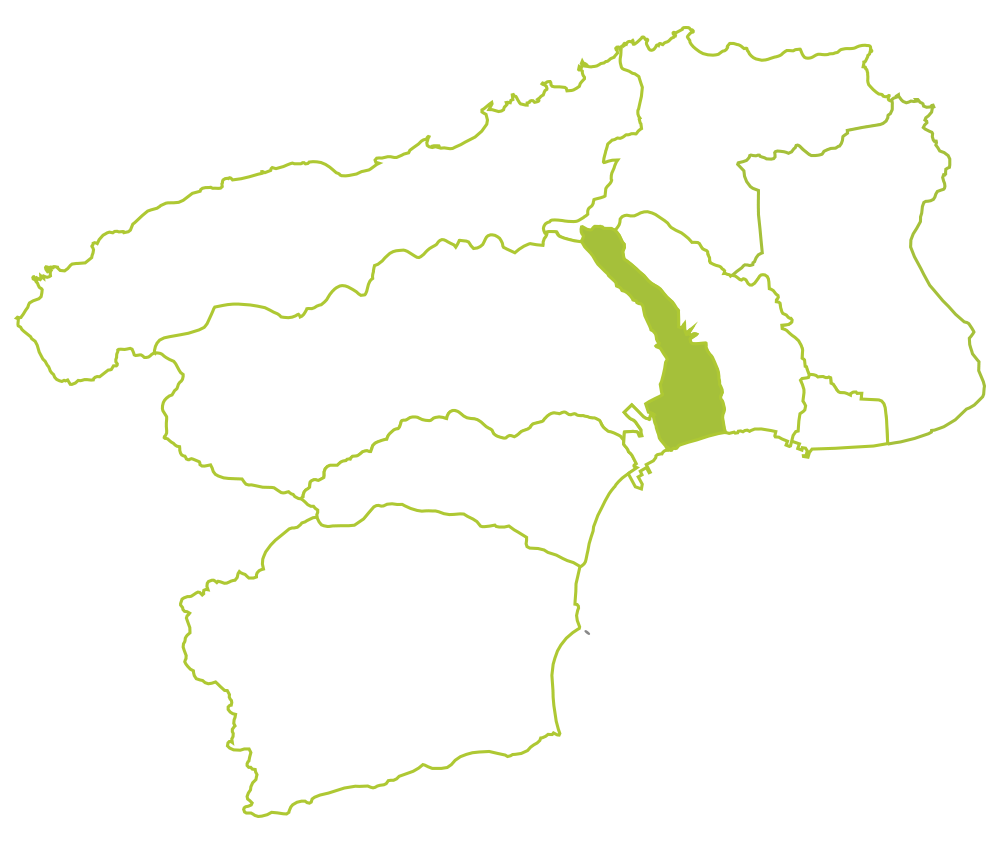

Warehouse in Bonkoji

Former Suzu station (Michinoeki Suzunari)

Suzu city library
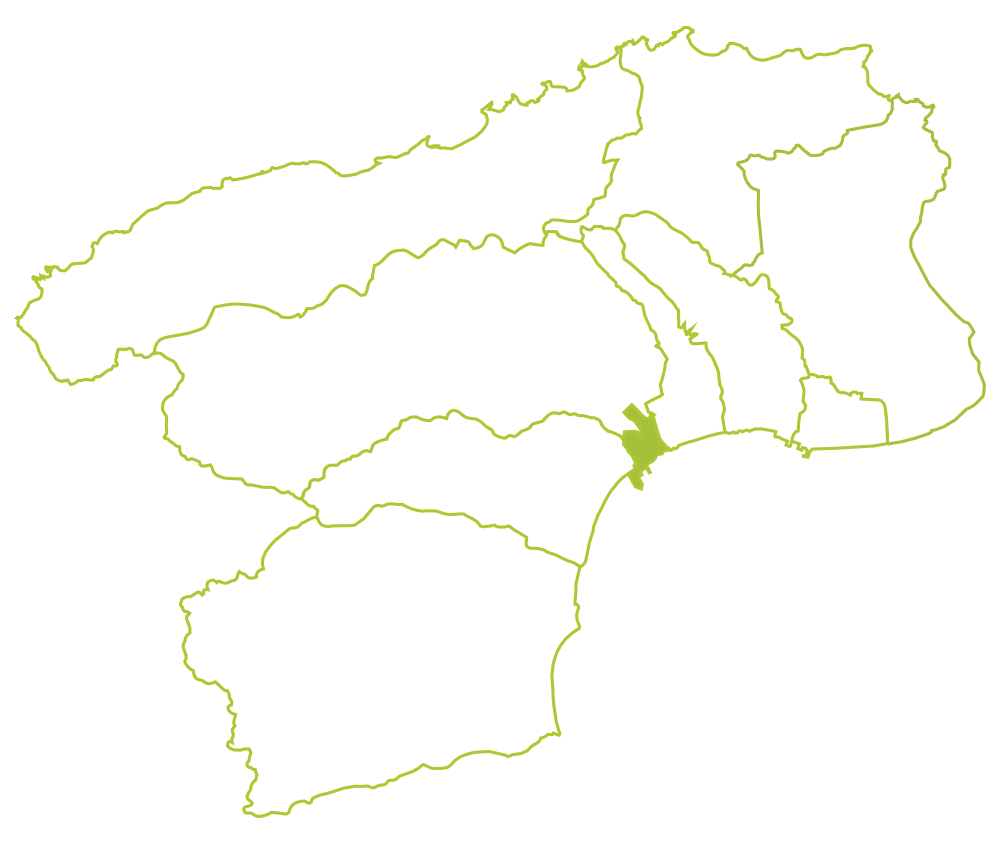
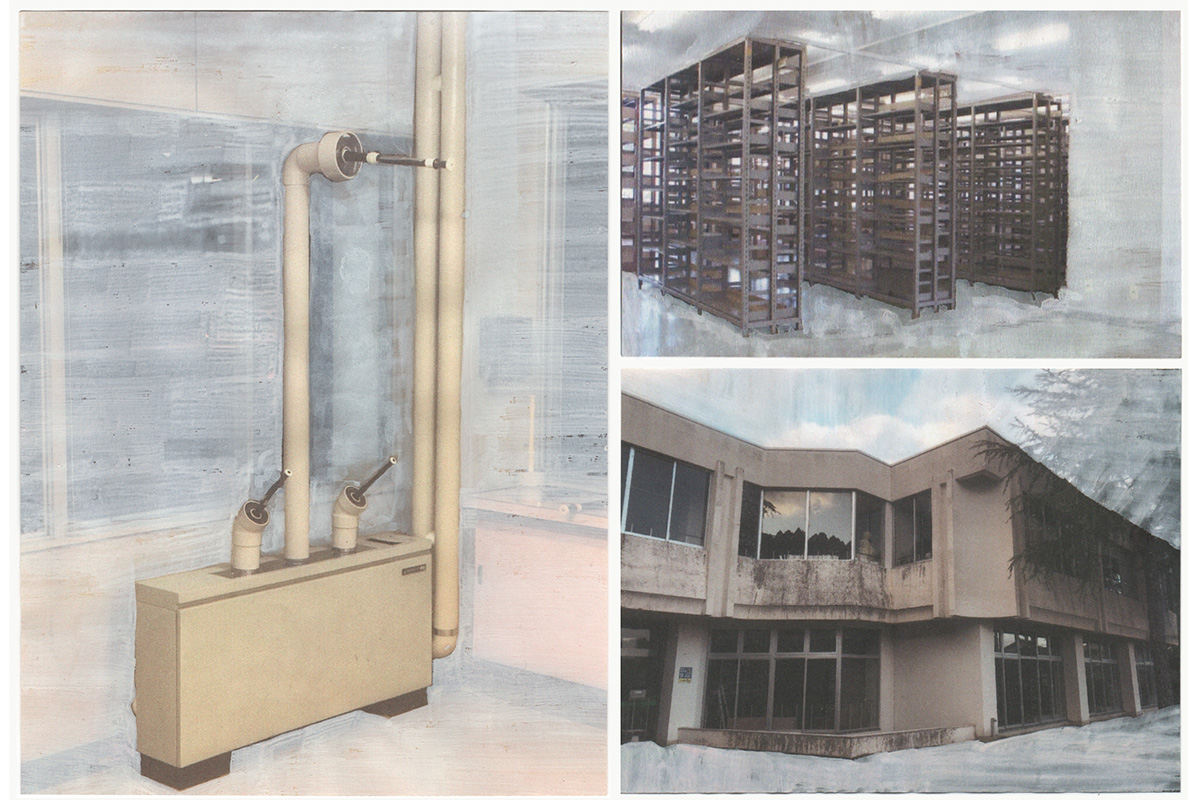
Former central Library
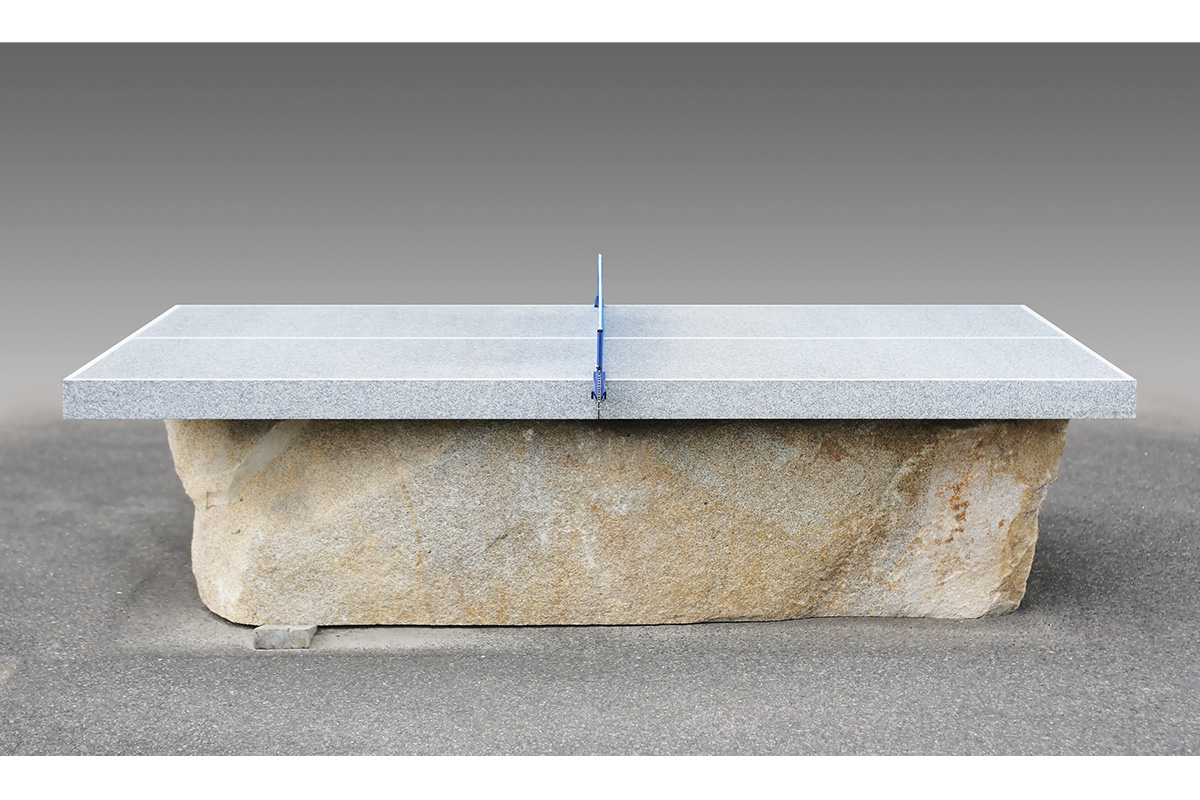
Cabaret at the world's end

Former Yagi House
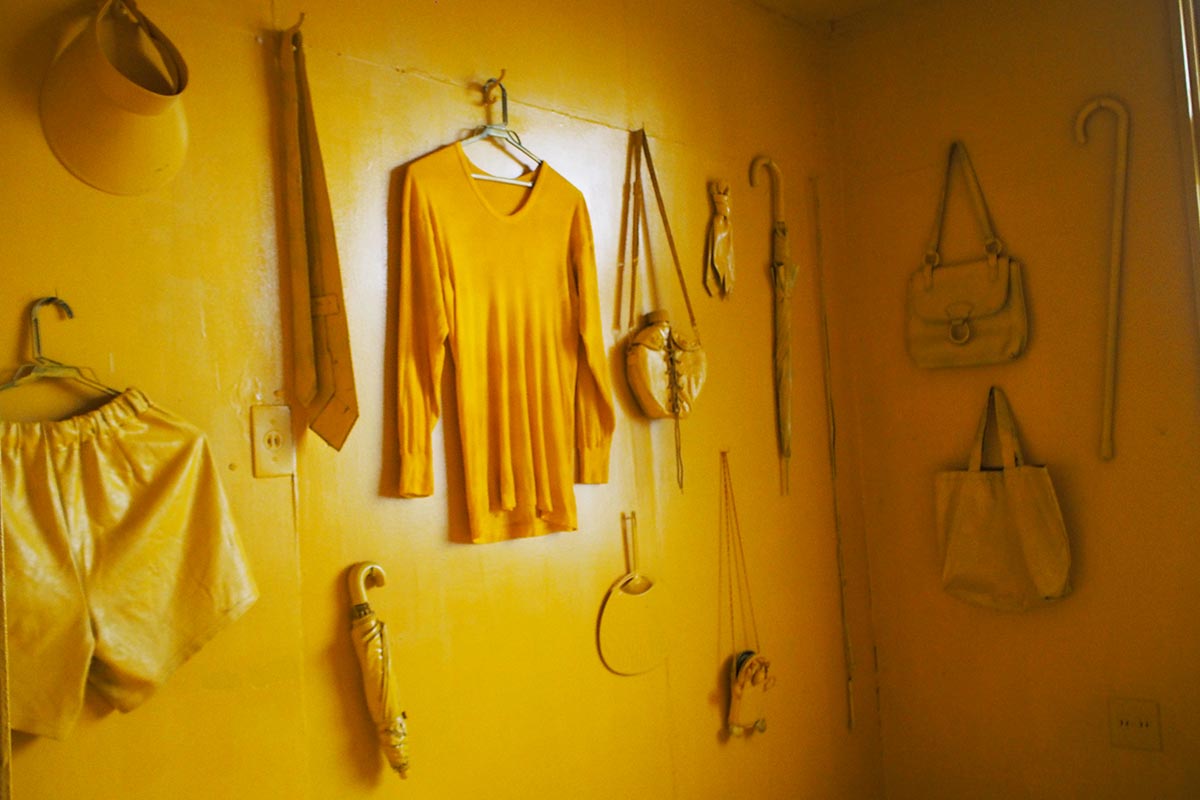
Former Iida station

The 2nd floor on Waiting room of Suzu Transportation Company

La Porte Suzu

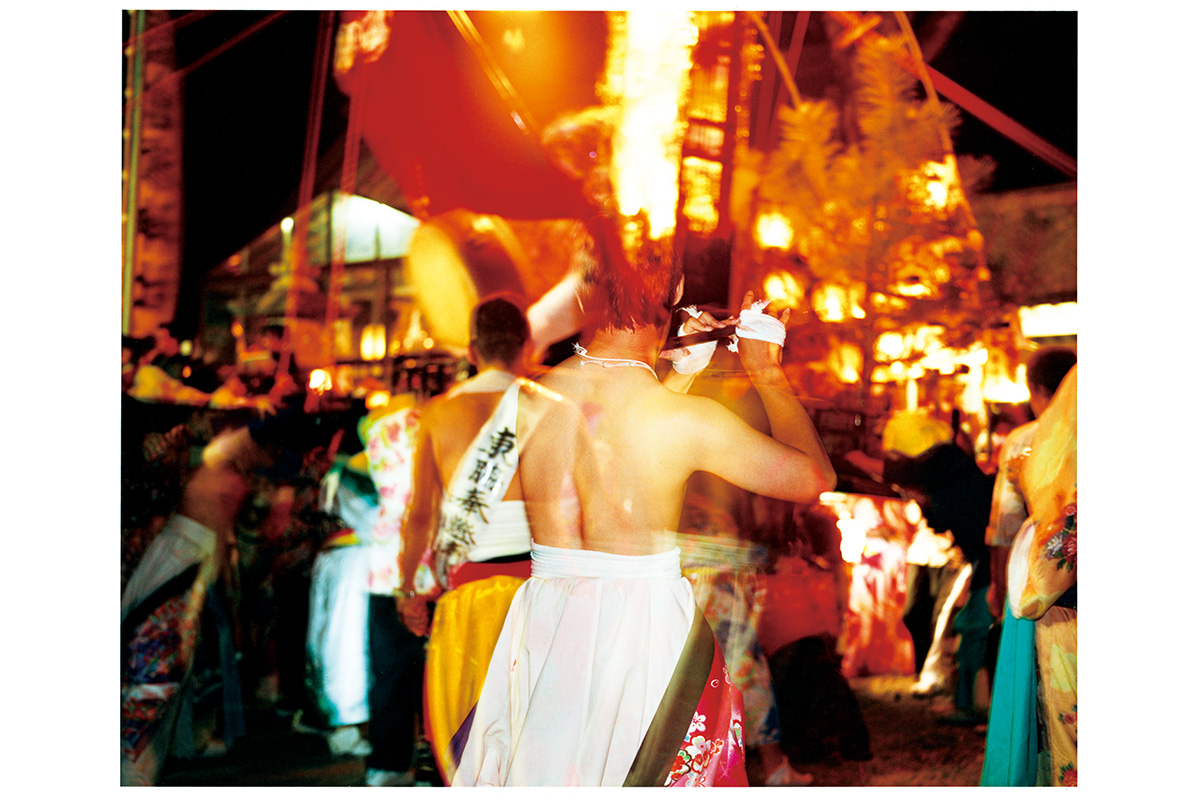
Warehouse in Kitagata

Former Uedo Station

Yanagida Kids Park
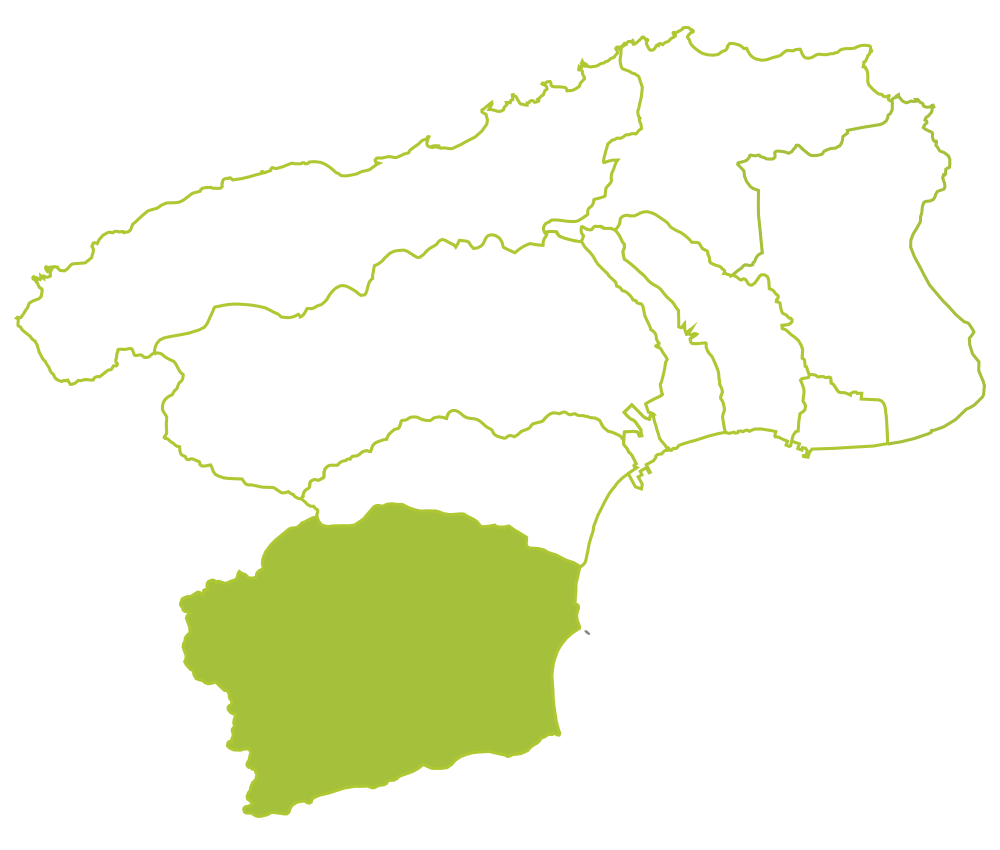
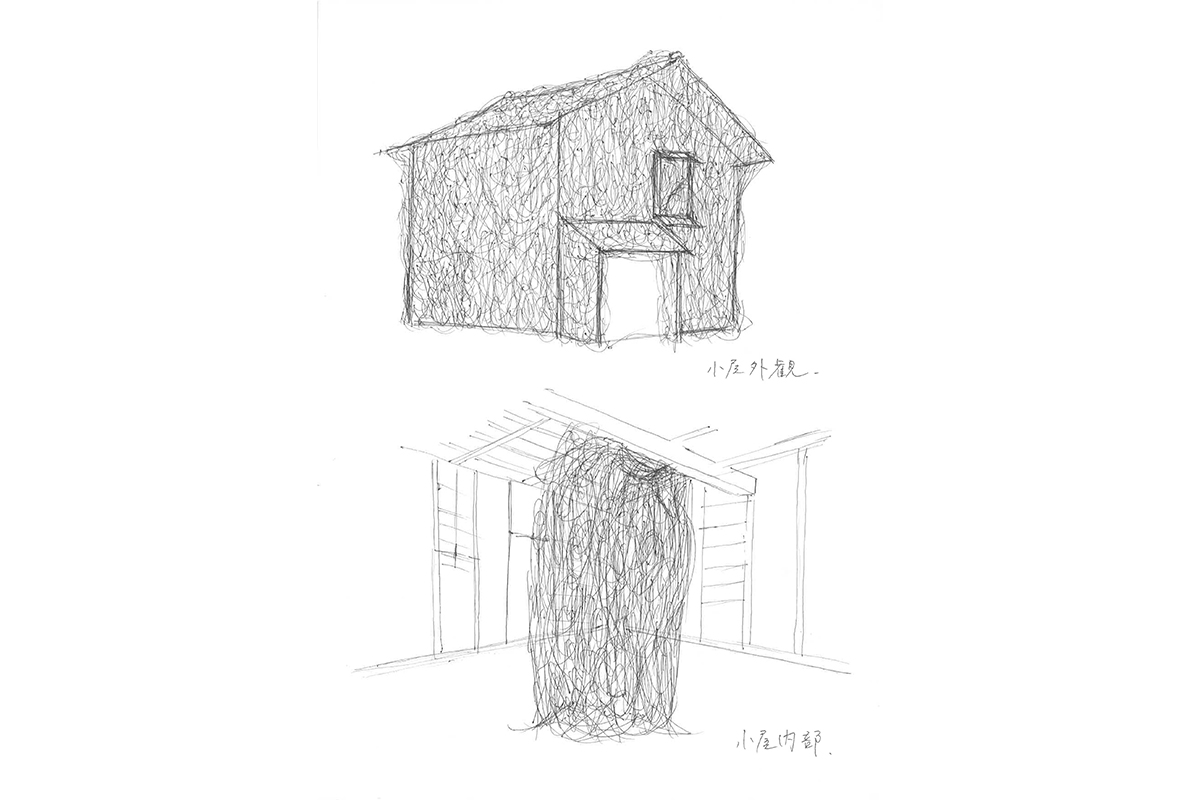
Storage at Kasugano
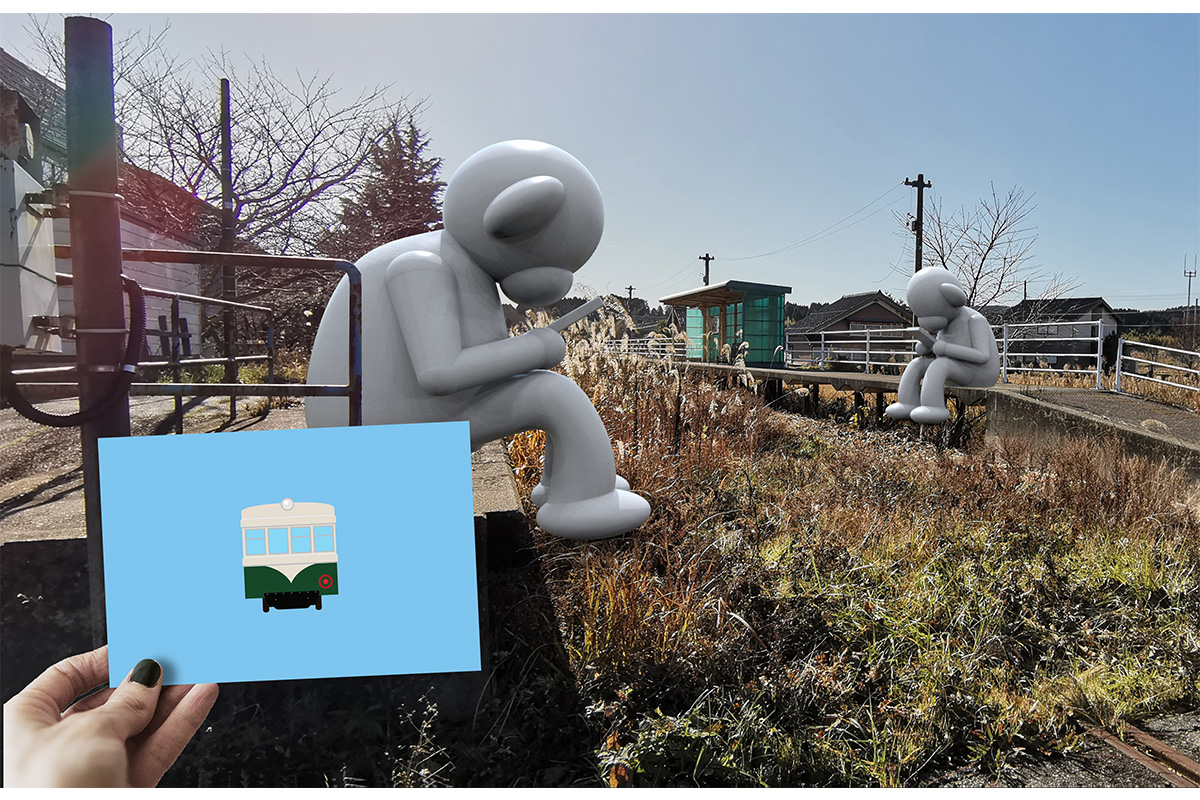
Former Ukai Station
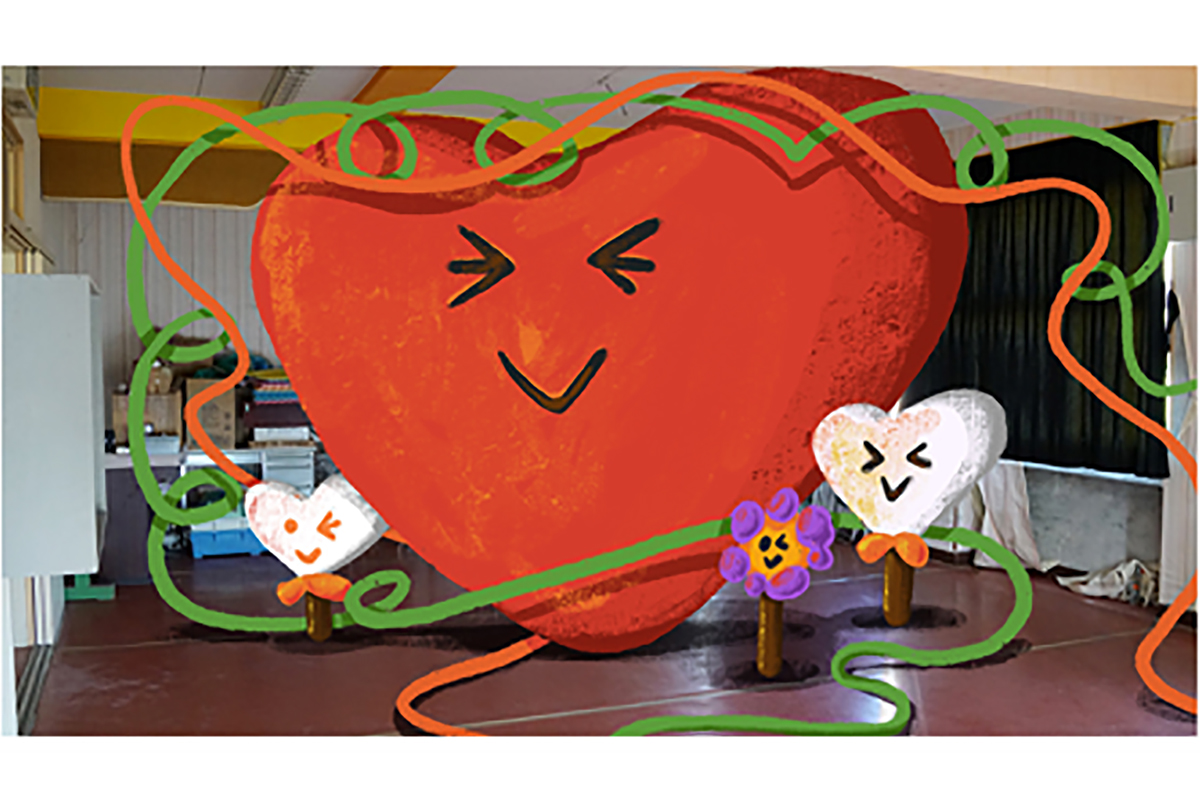
Former Kashihara Nursery
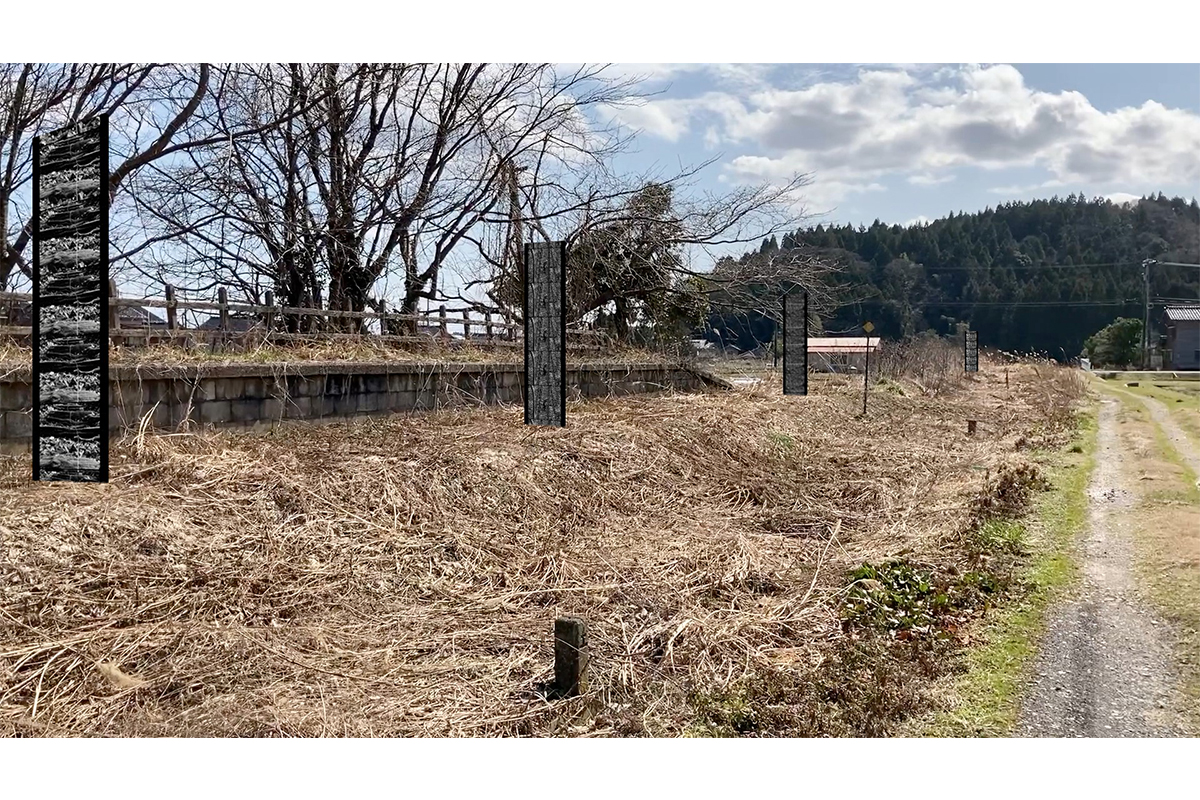
Former Minami-Kuromaru staion
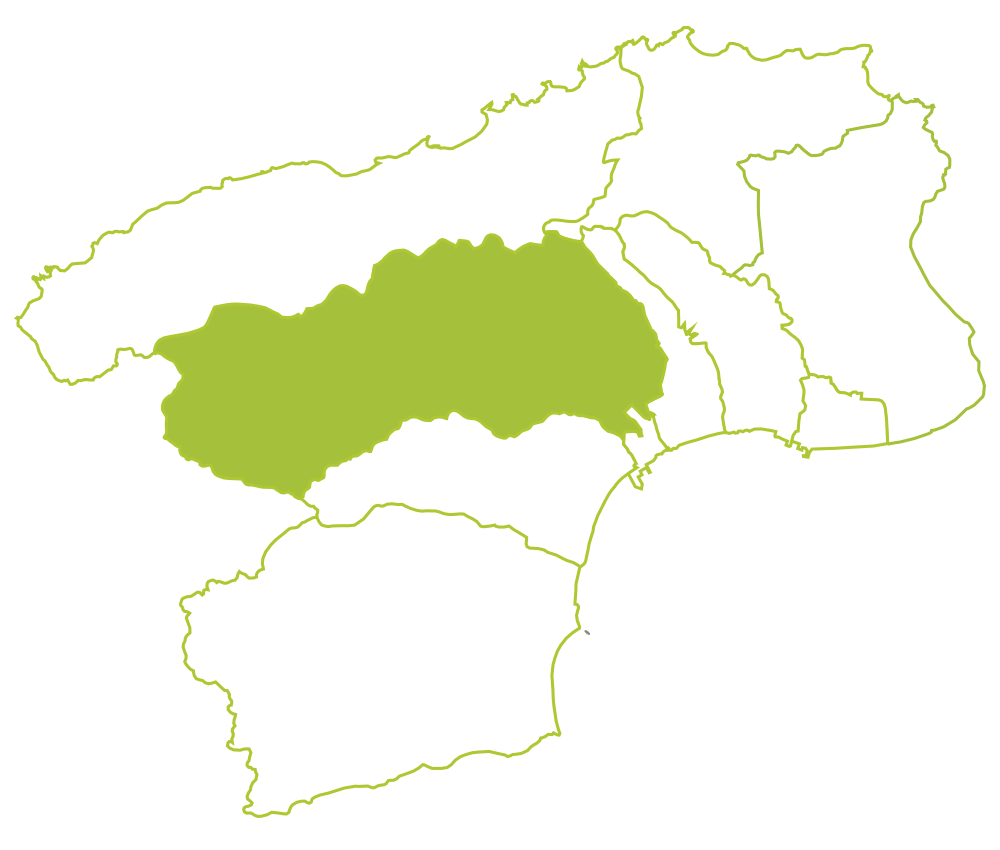

Ground at Former Daibo Primary School
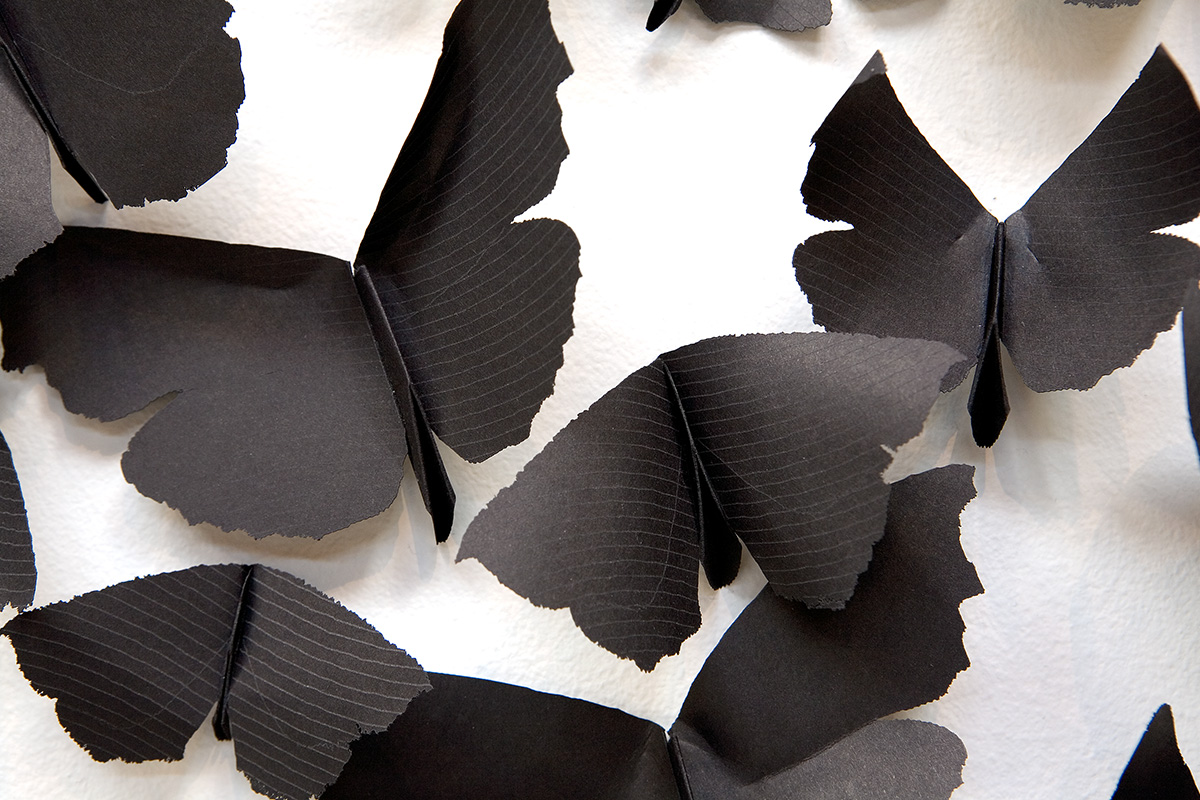
House at Yoshigaike

Across the region

Bus stops